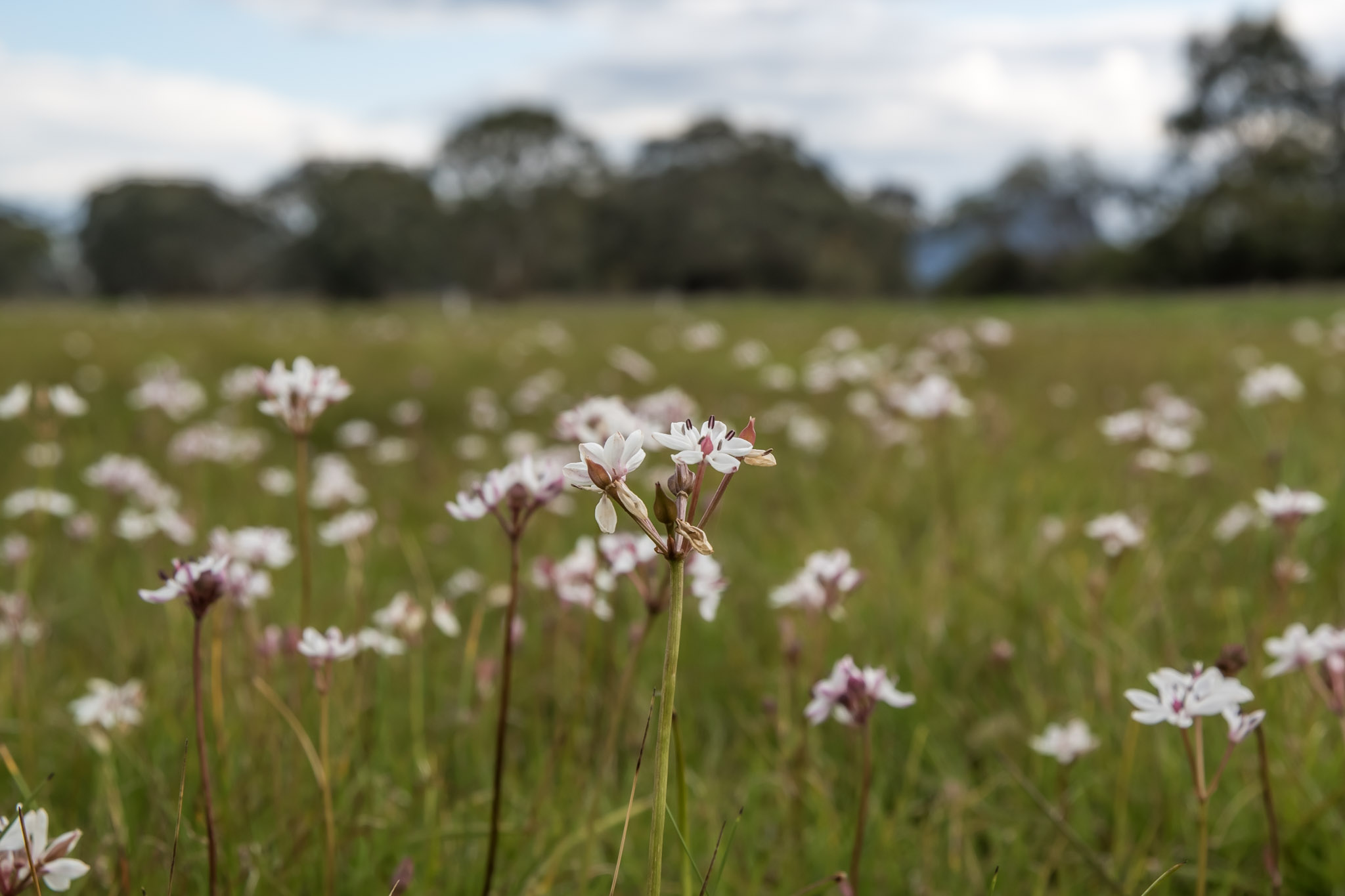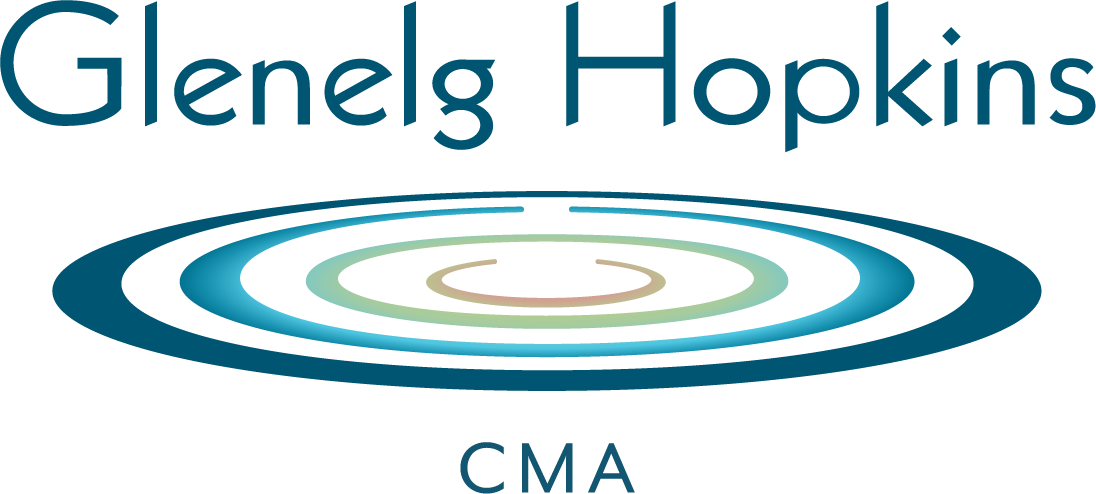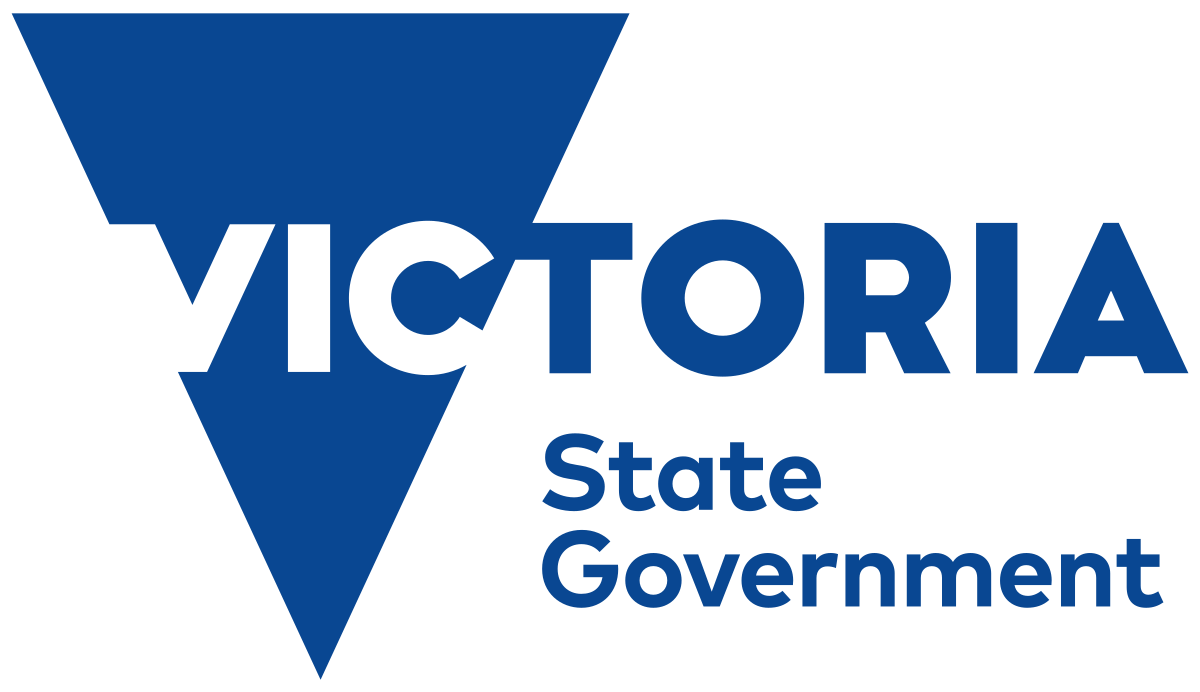Saving 17 on the VVP
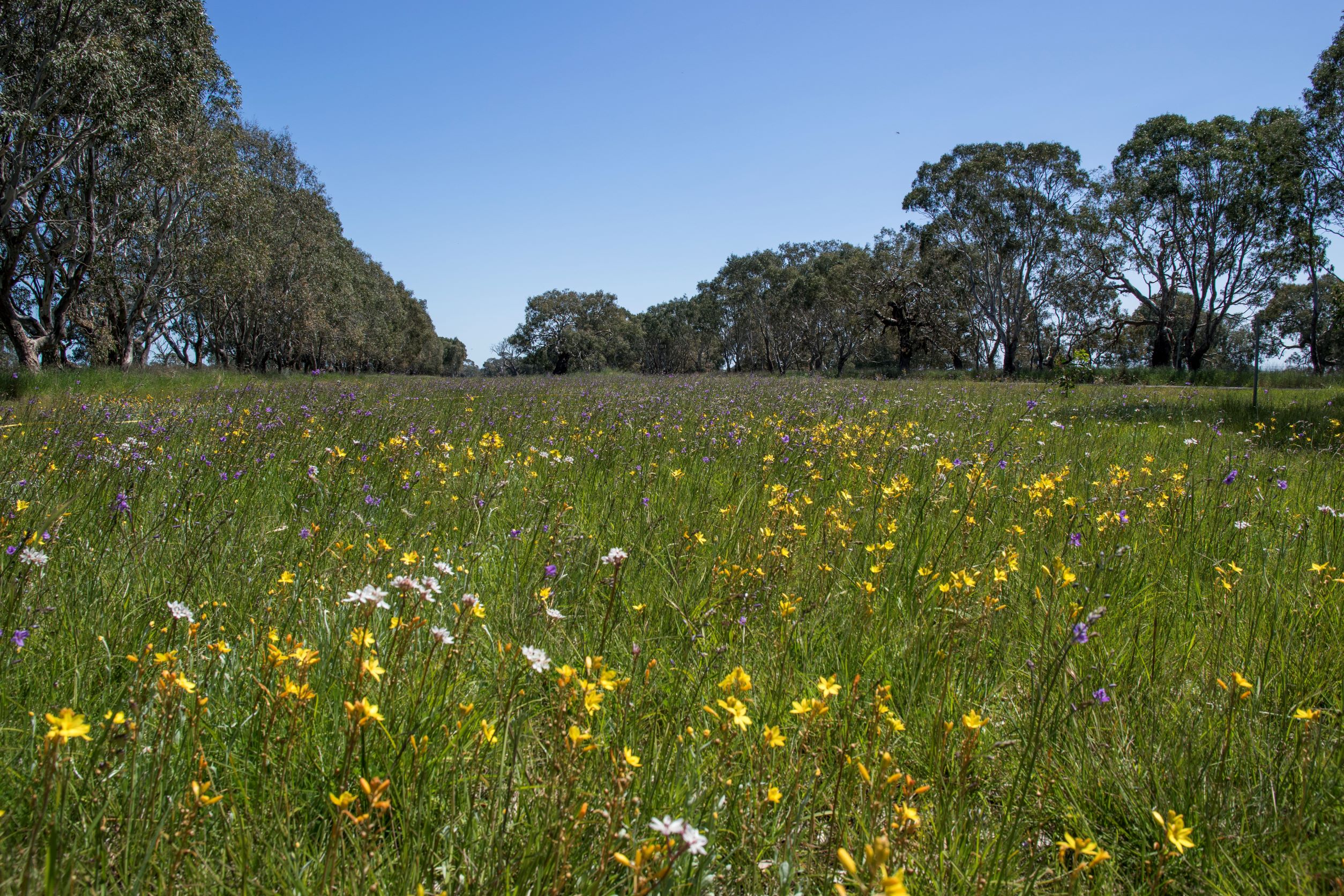
Budget: $455,000 over 3 years
Funding: DEECA Nature Fund
Project partners: David Franklin’s Grassland Nursery and the Woorndoo-Chatsworth Landcare Group
Over the past decade, Glenelg Hopkins CMA have been running programs to support the management and conservation of critically endangered grasslands on the Victorian Volcanic Plain. These programs have focused on controlling threats and modifying fire and grazing regimes to increase plant diversity.
However, there are limitations to these approaches. Victoria’s native grasslands typically lack a persistent seed bank, so although changes in fire and grazing management may create conditions to support increases in plant diversity, the system generally lacks the resources to realise this opportunity.
To address this, Glenelg Hopkins CMA has begun adding seed from 17 rare and threatened plants to grasslands targeted for conservation and restoration.
What are the species being targeted under the project?



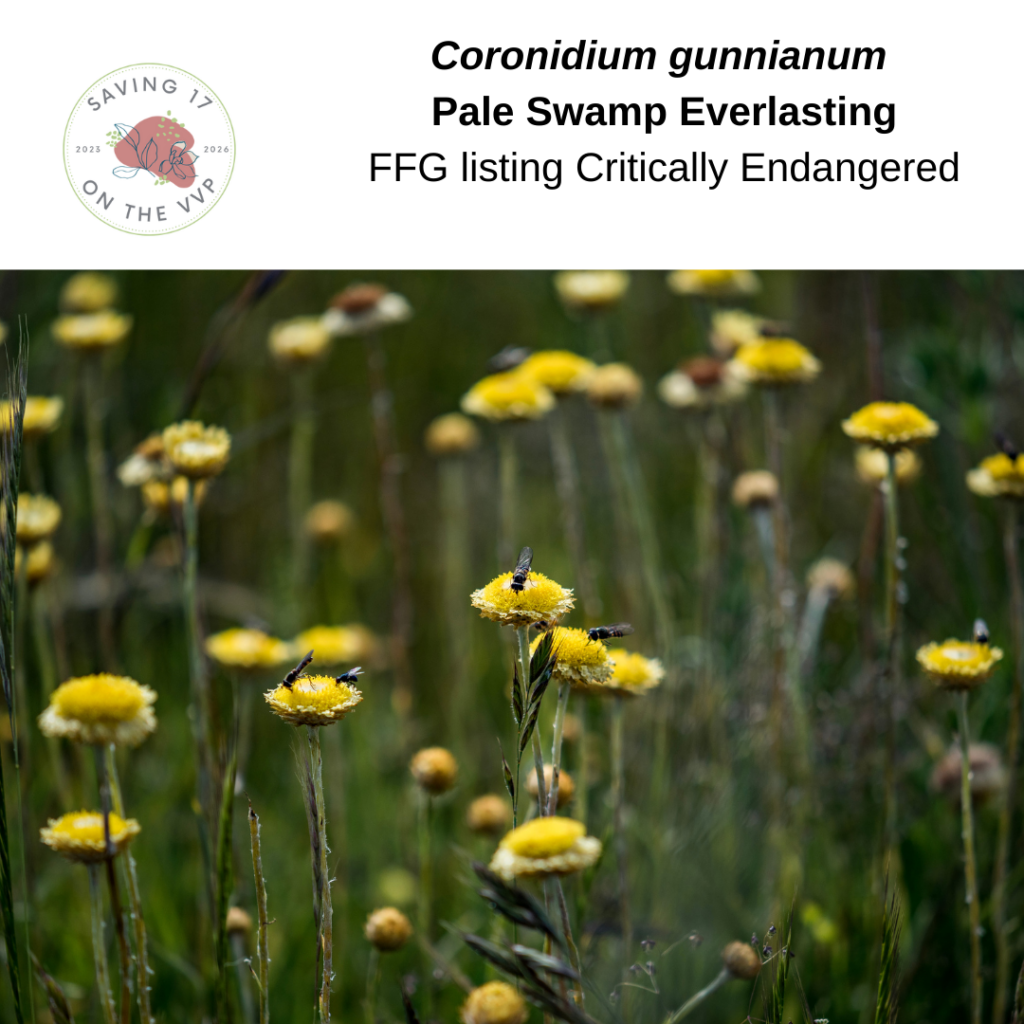
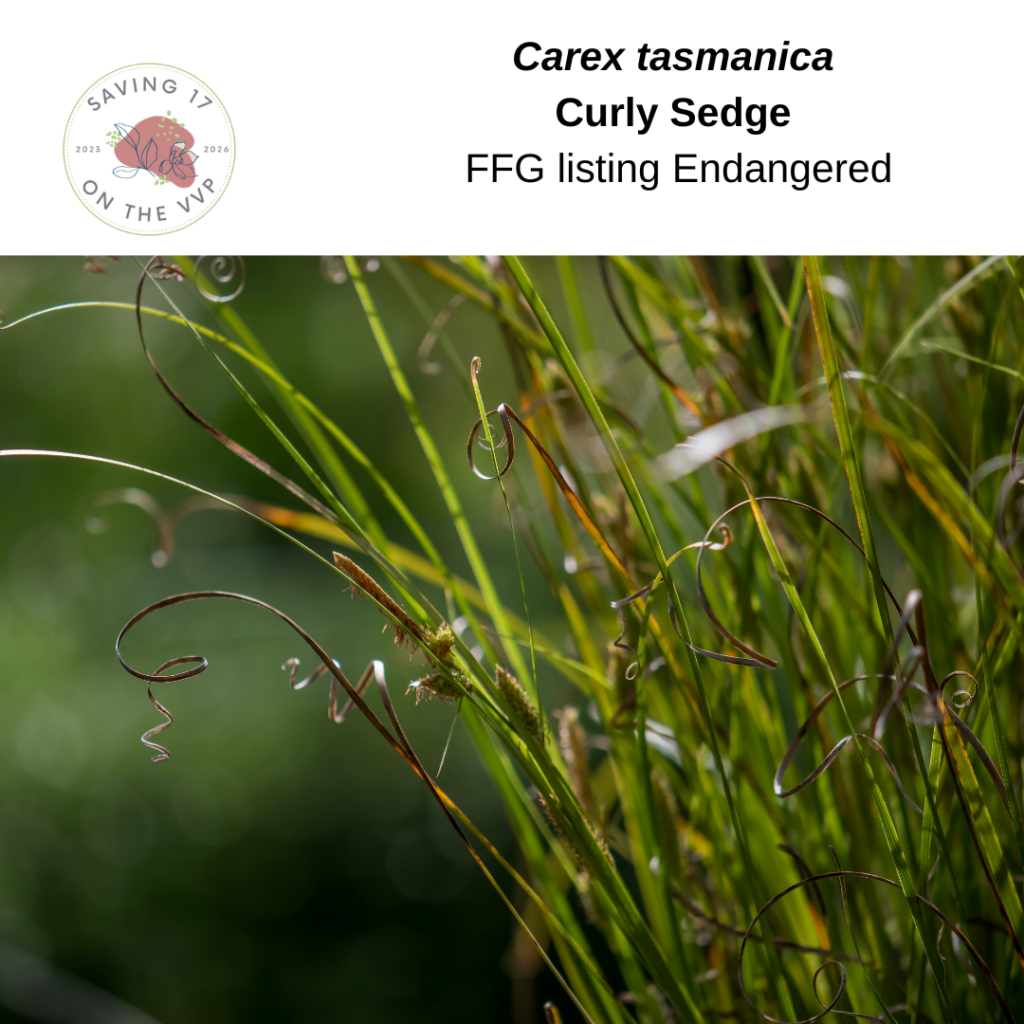
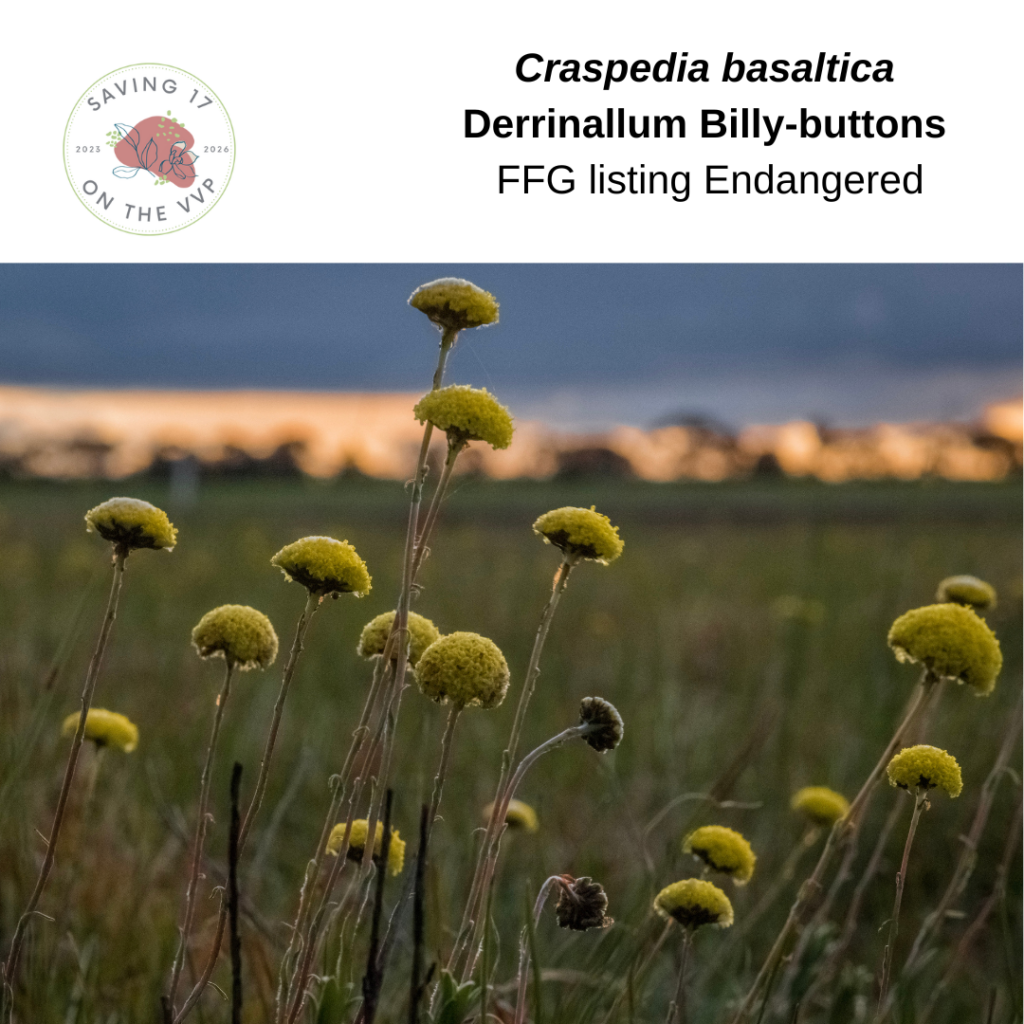
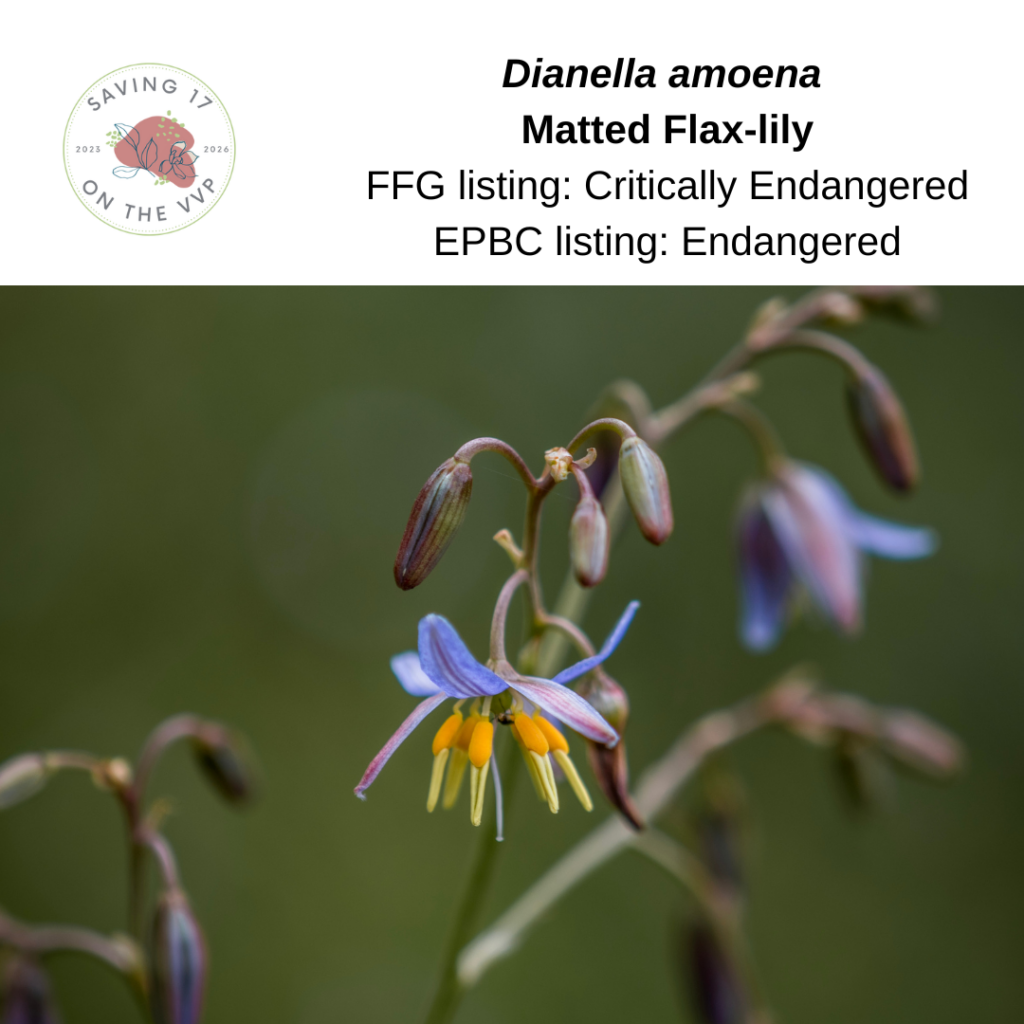
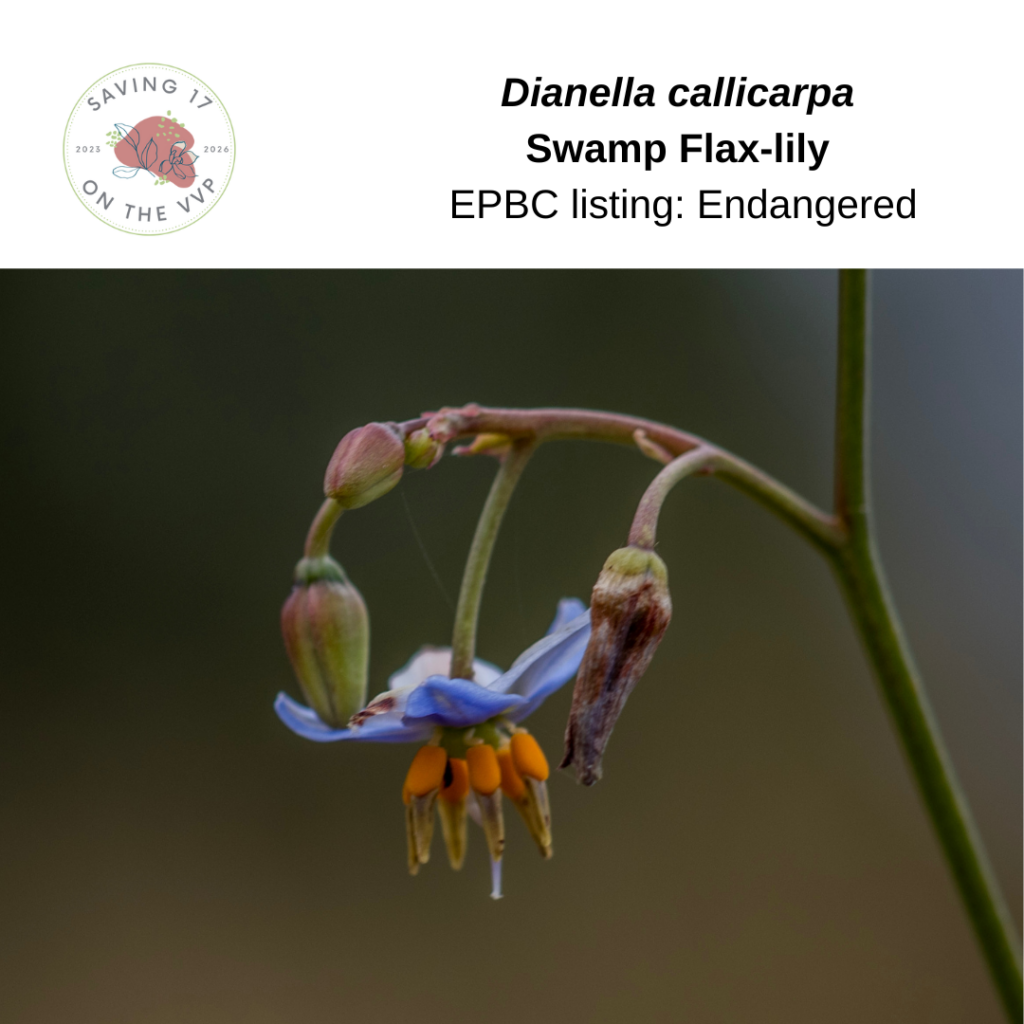
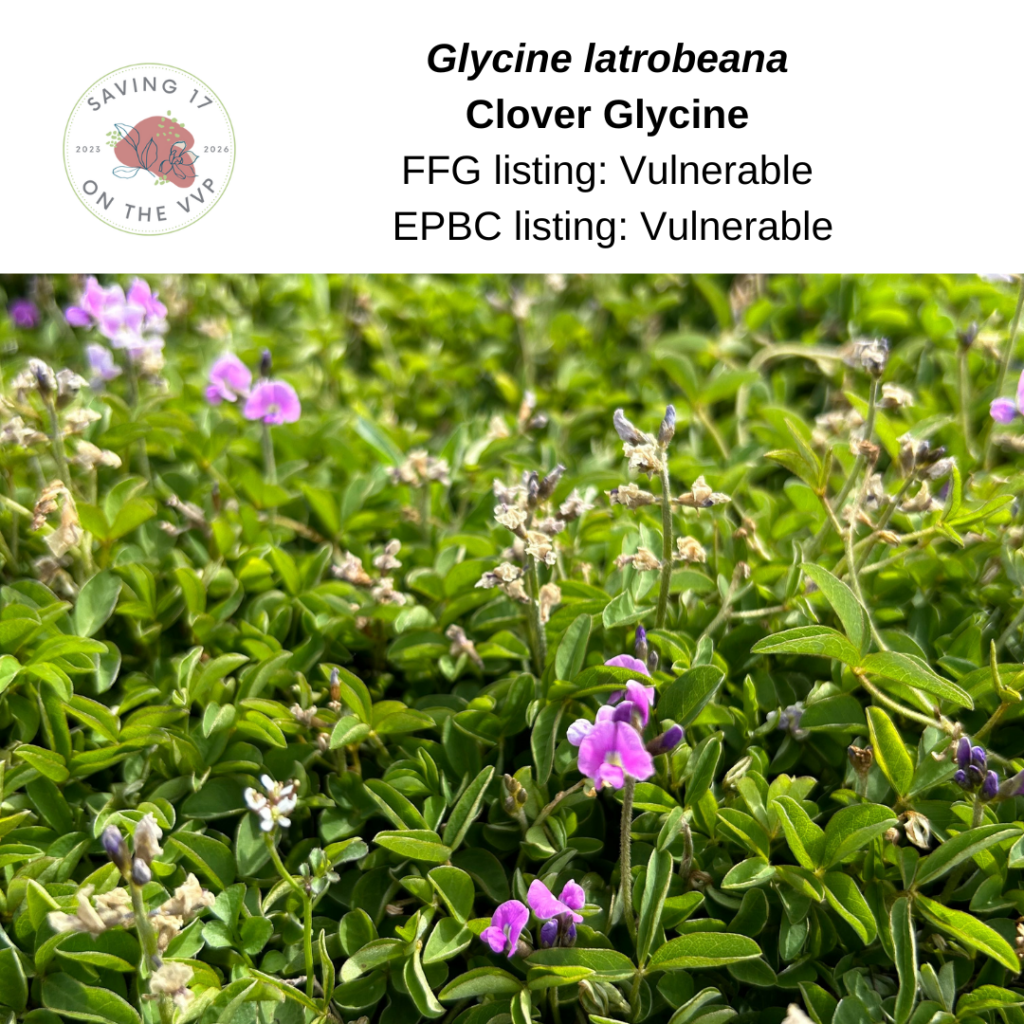
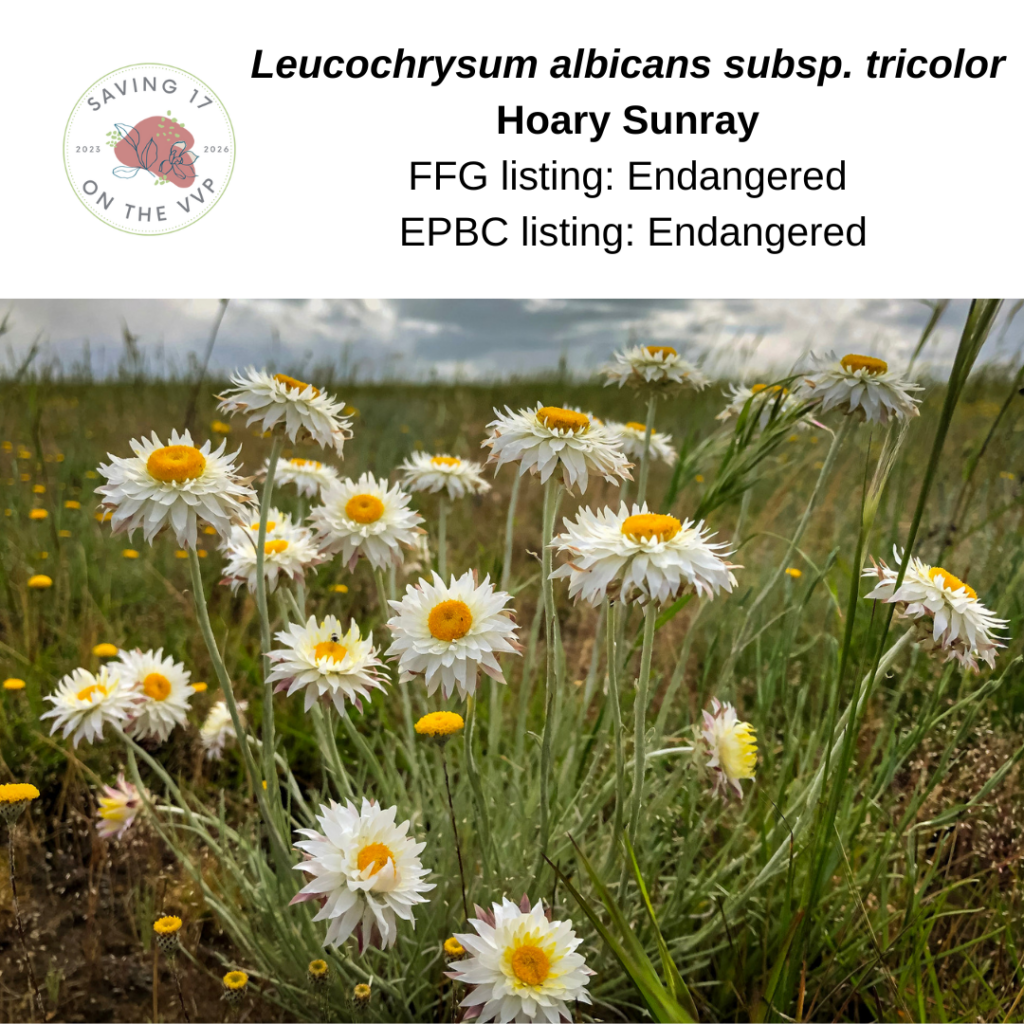
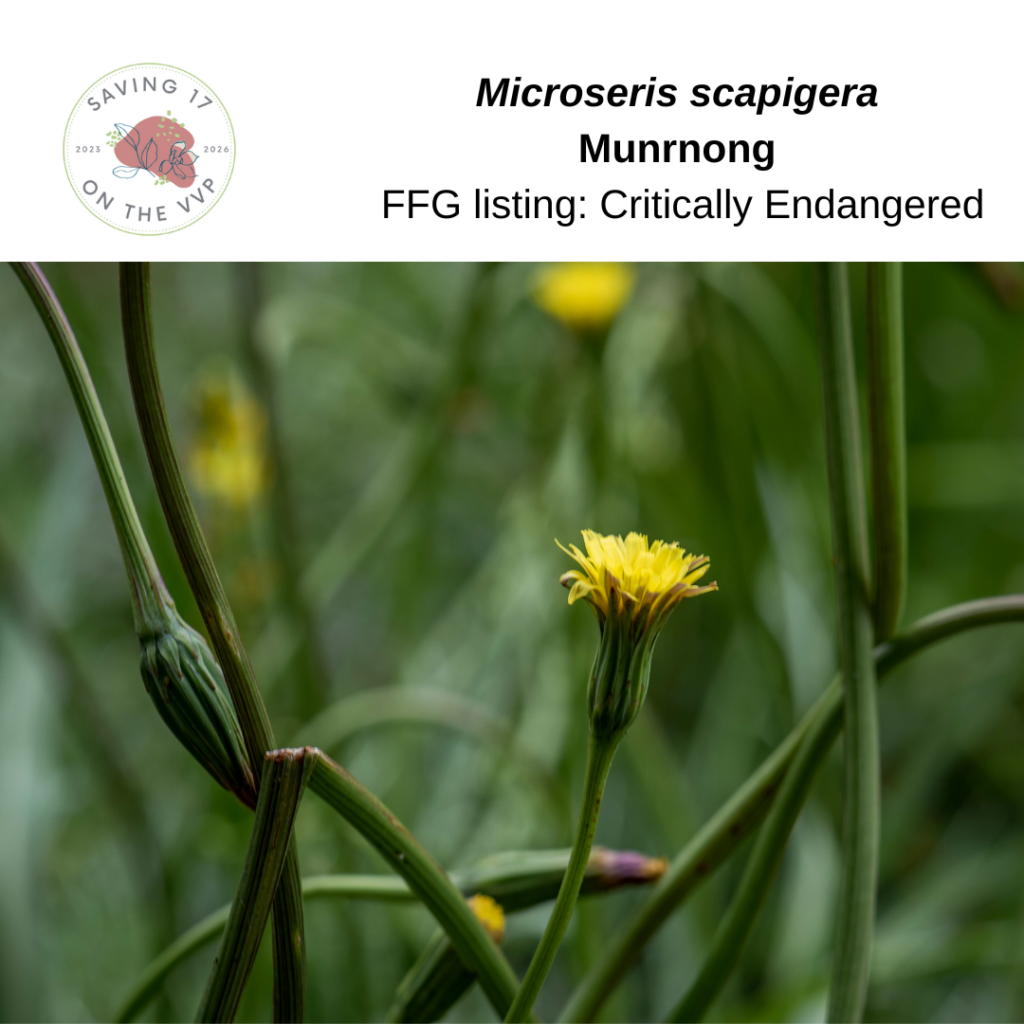
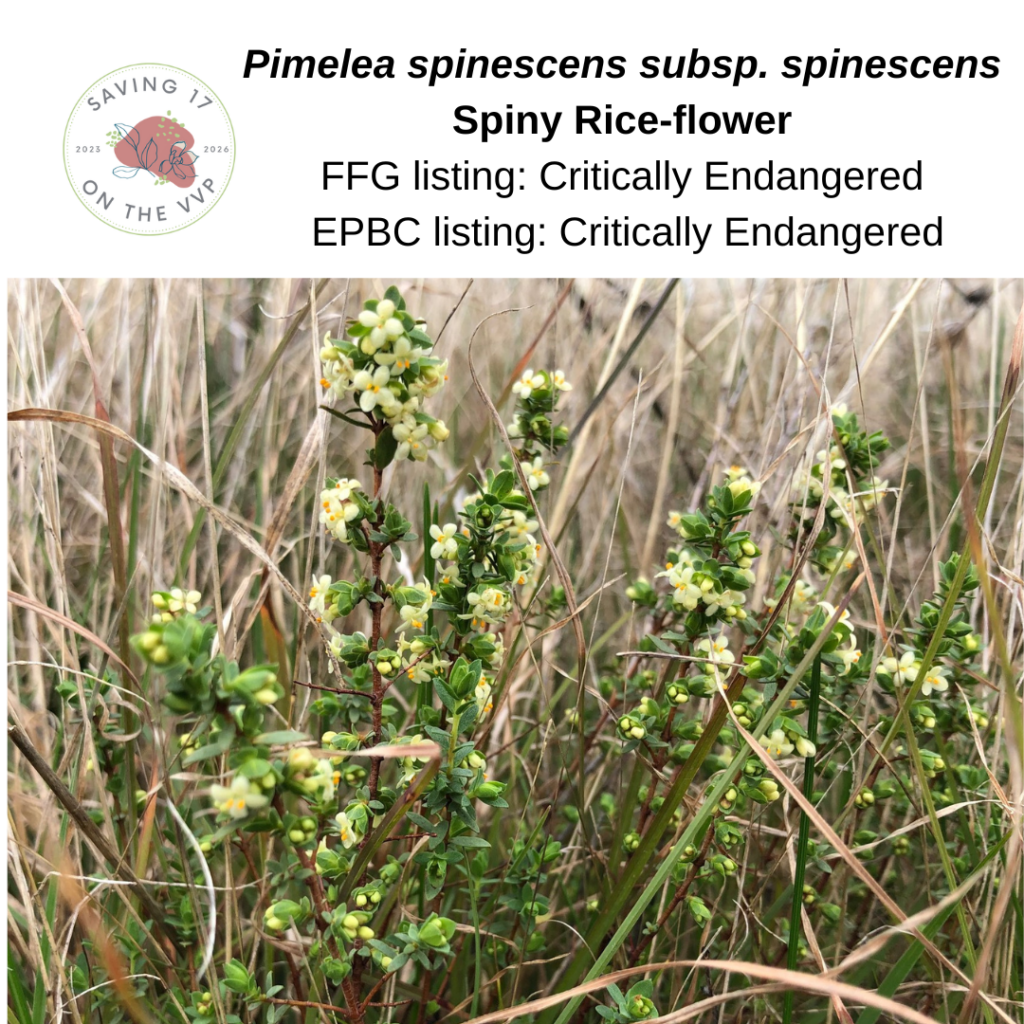
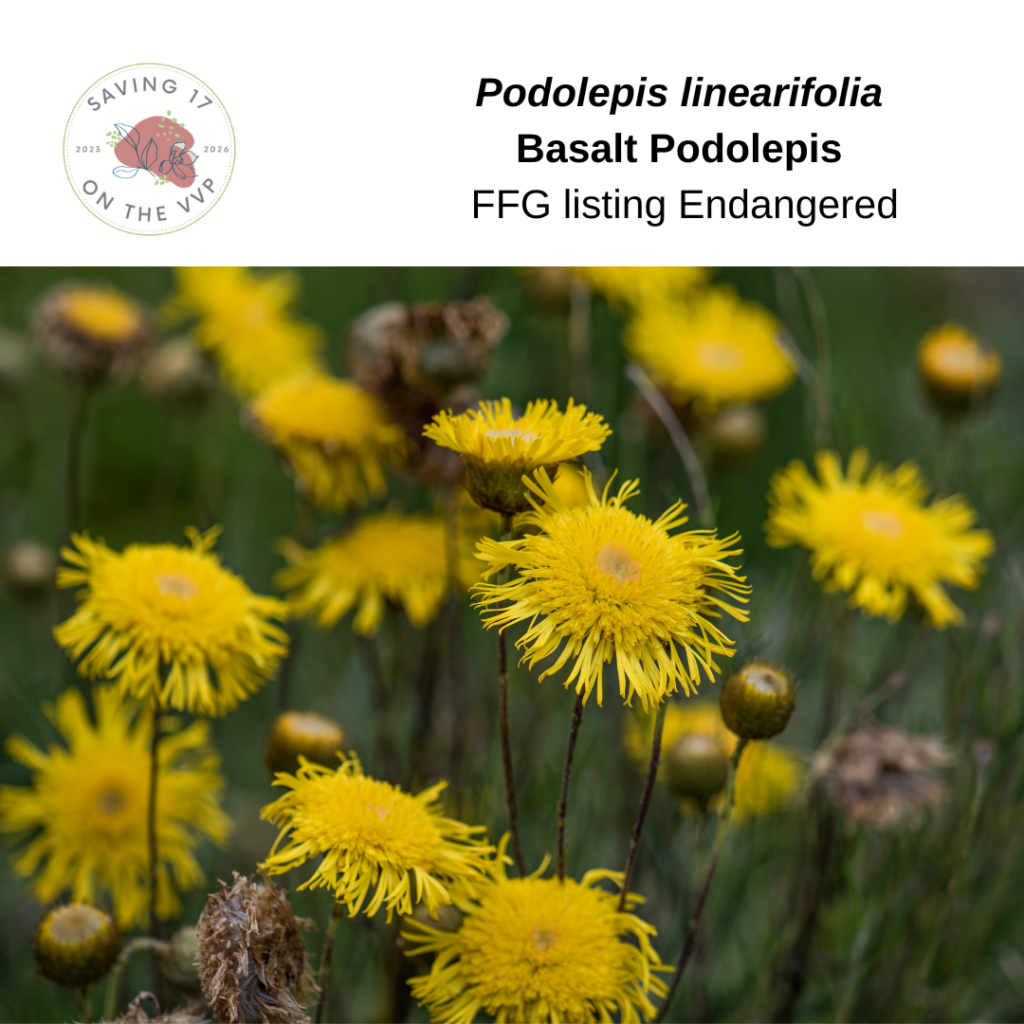
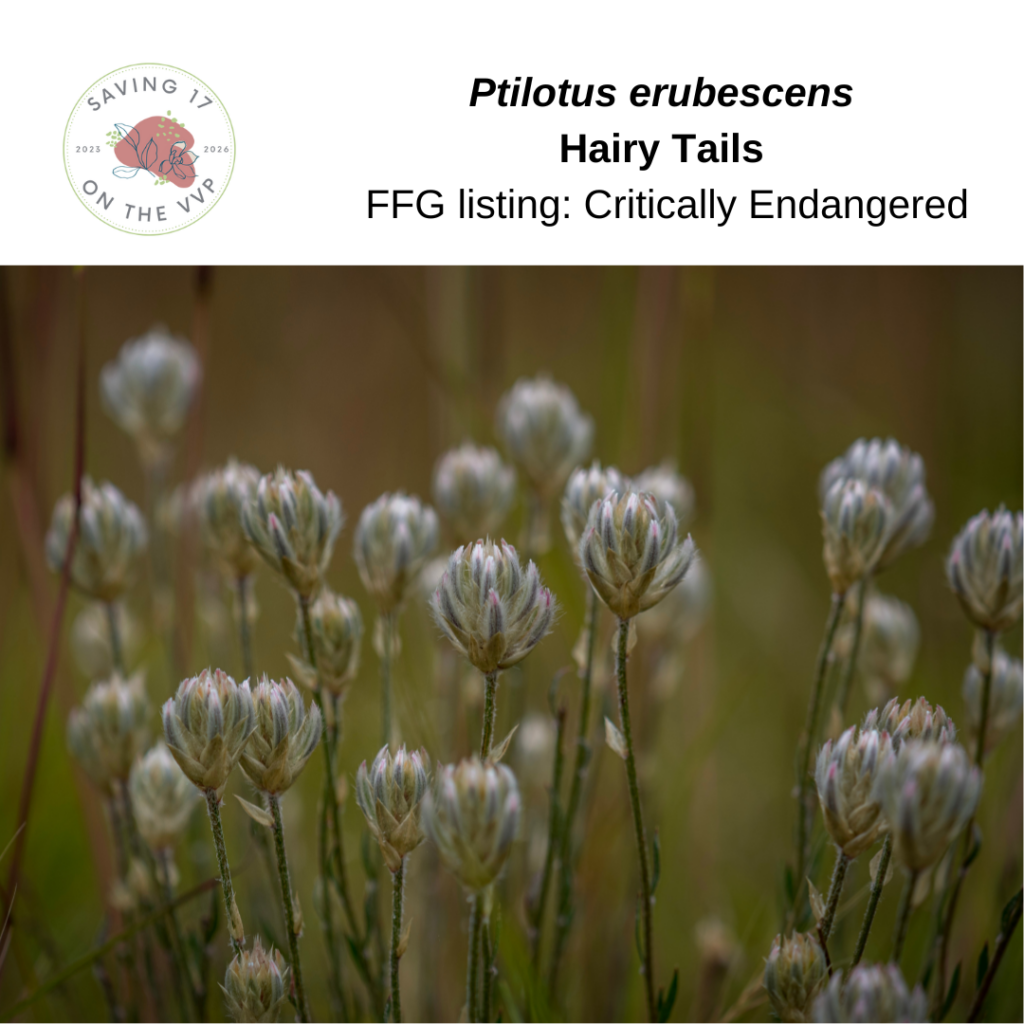
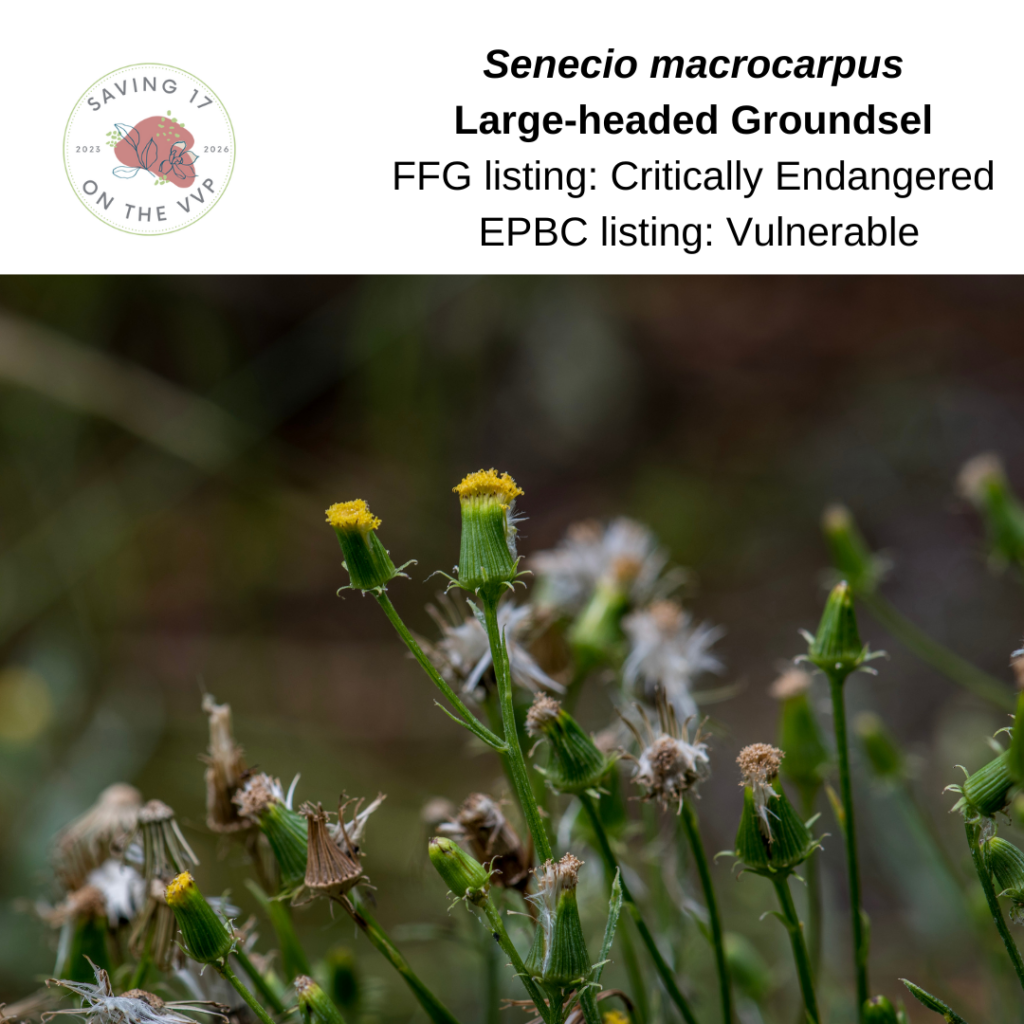
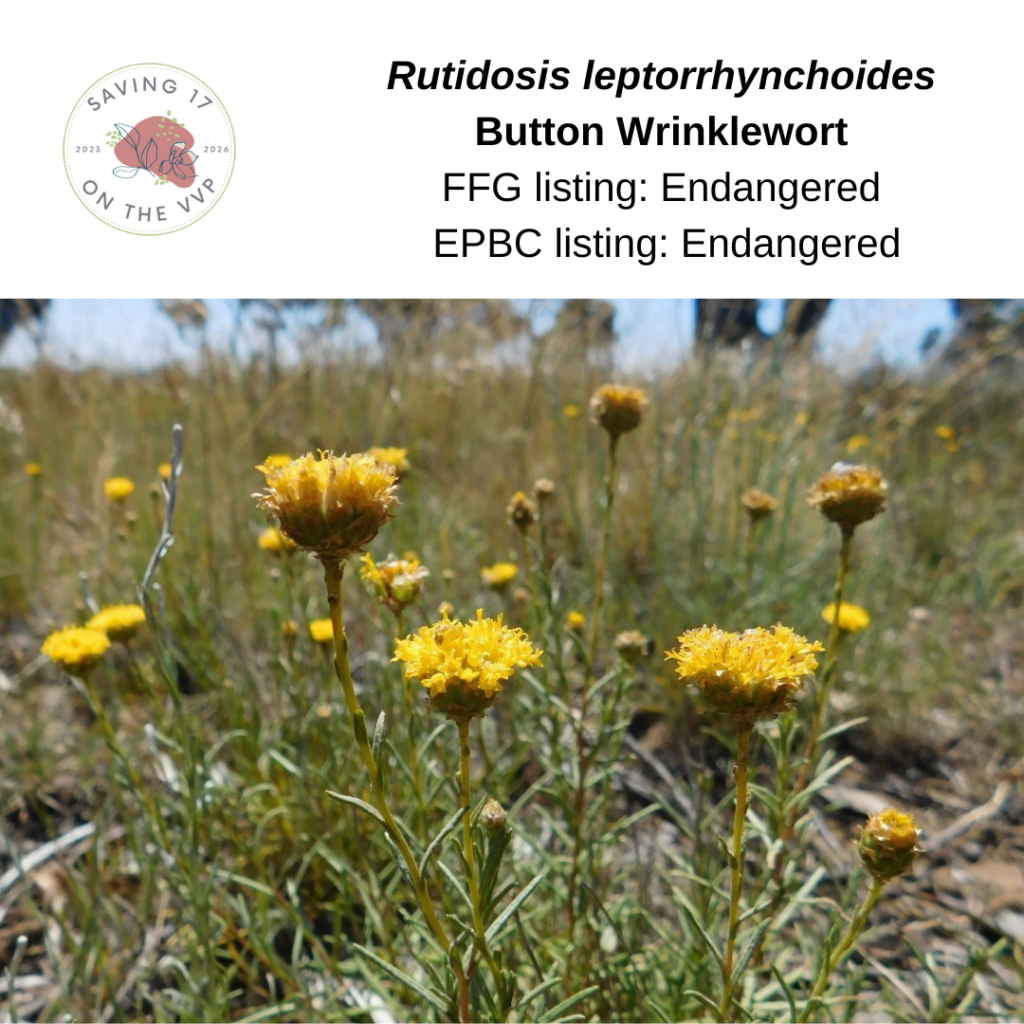
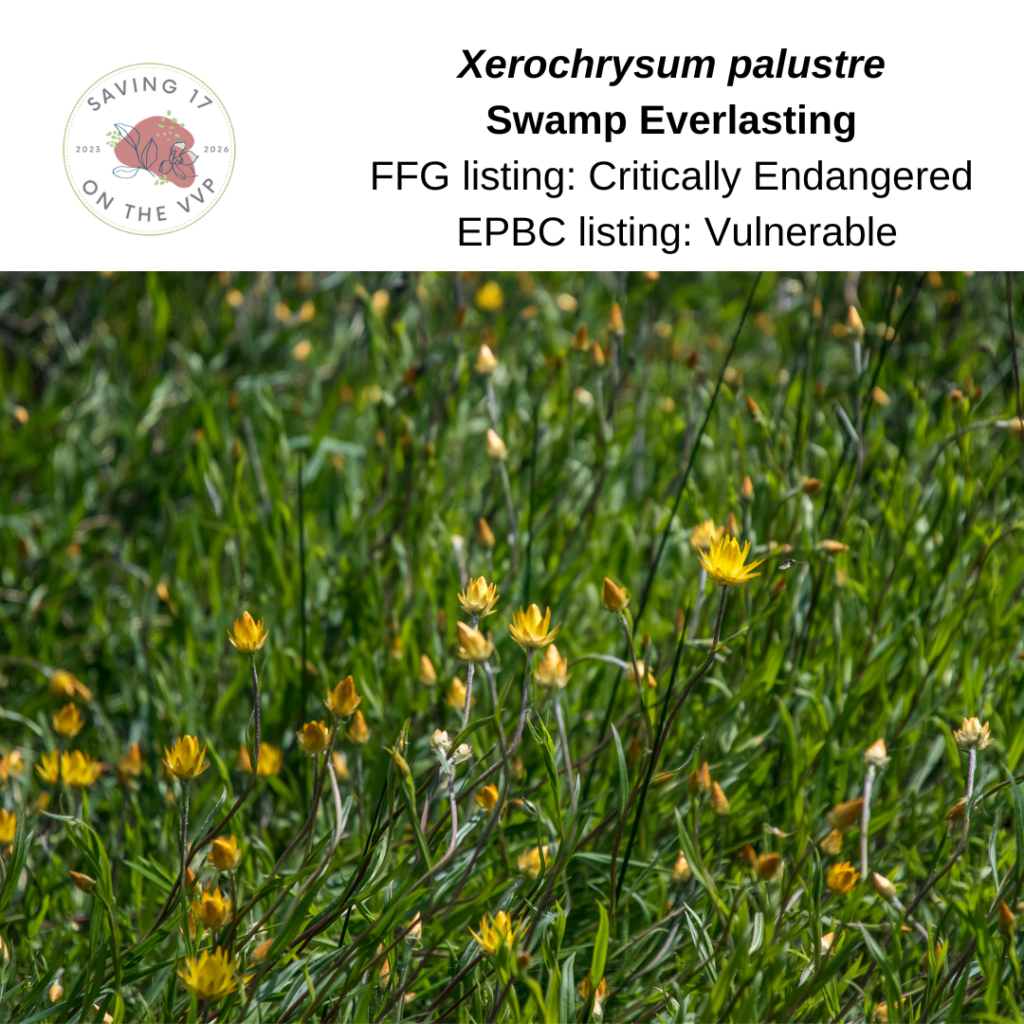
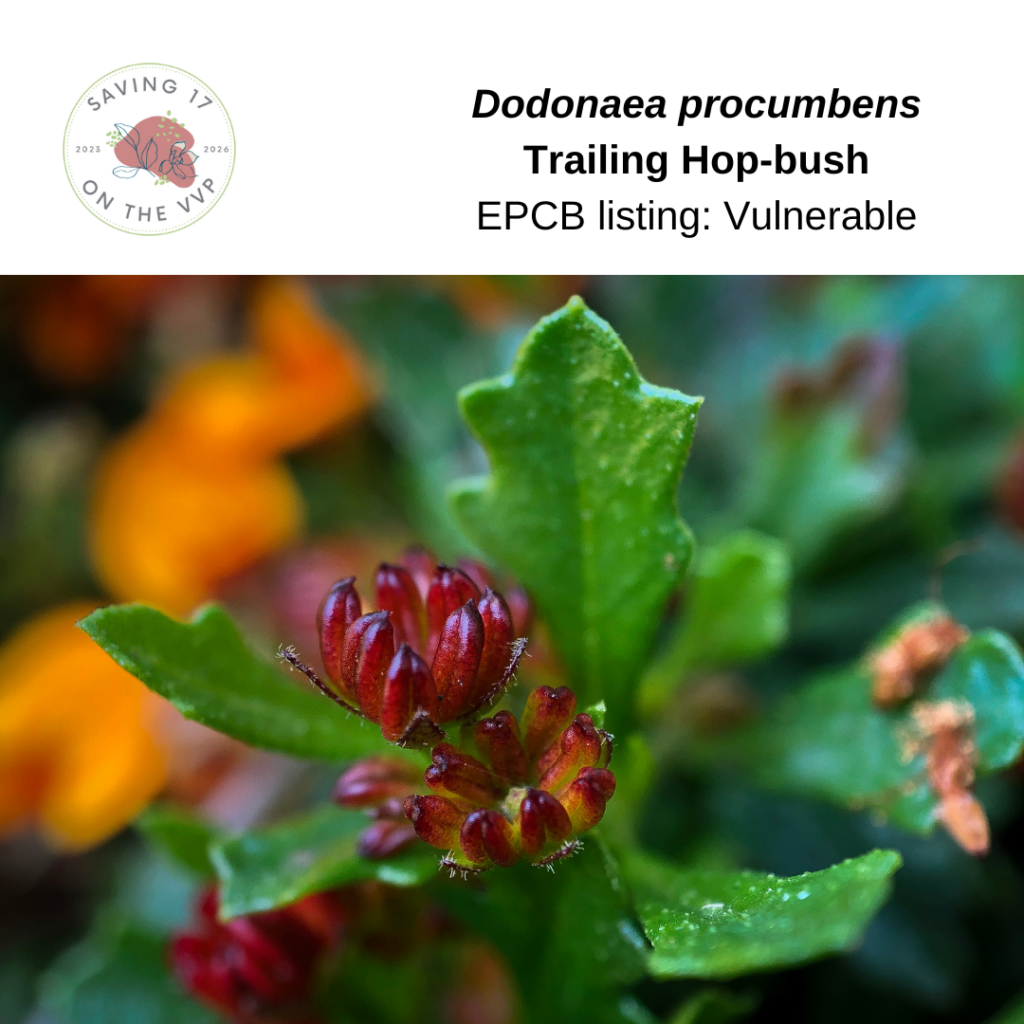
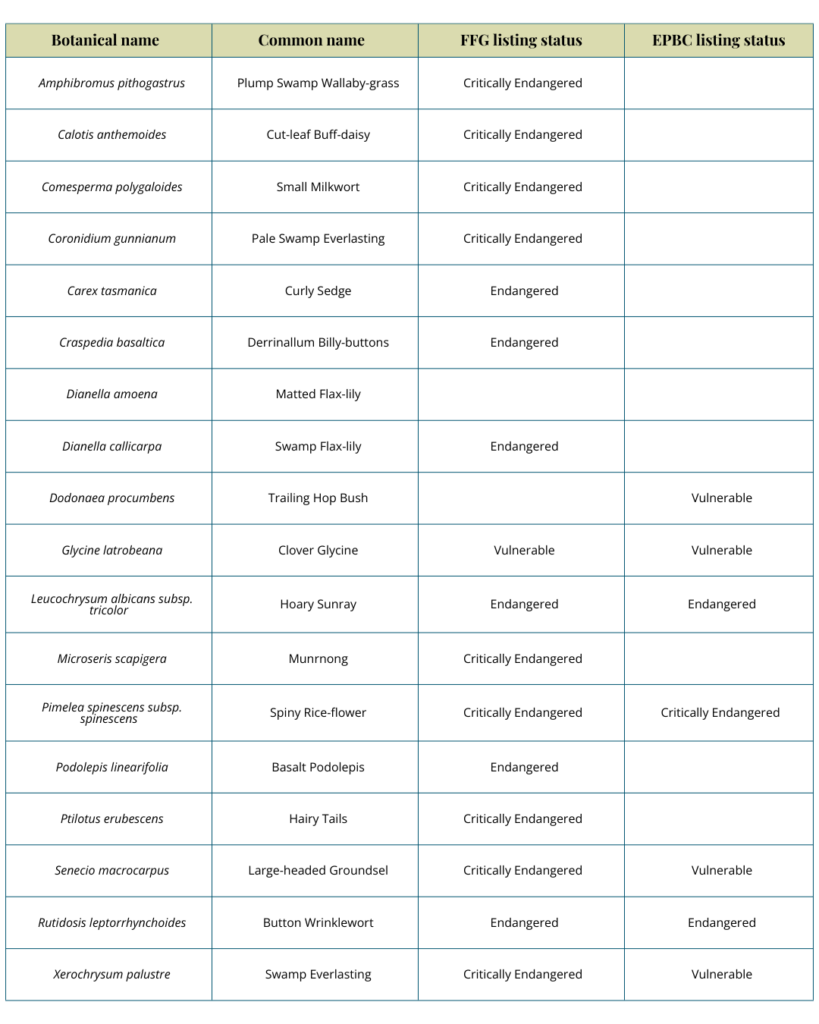
Download a copy of the species list here (PDF)
To limit the pressure of wild seed collection on remnant populations, Glenelg Hopkins CMA have worked with Grassland Flora to establish a threatened species Seed Production Area. Included amongst the target species are the Plump Swamp Wallaby-grass (Amphibromus pithogastrus), Derrinallum Billy-button (Craspedia basaltica) and Hairy Tails (Ptilotus erubescens – pictured below).
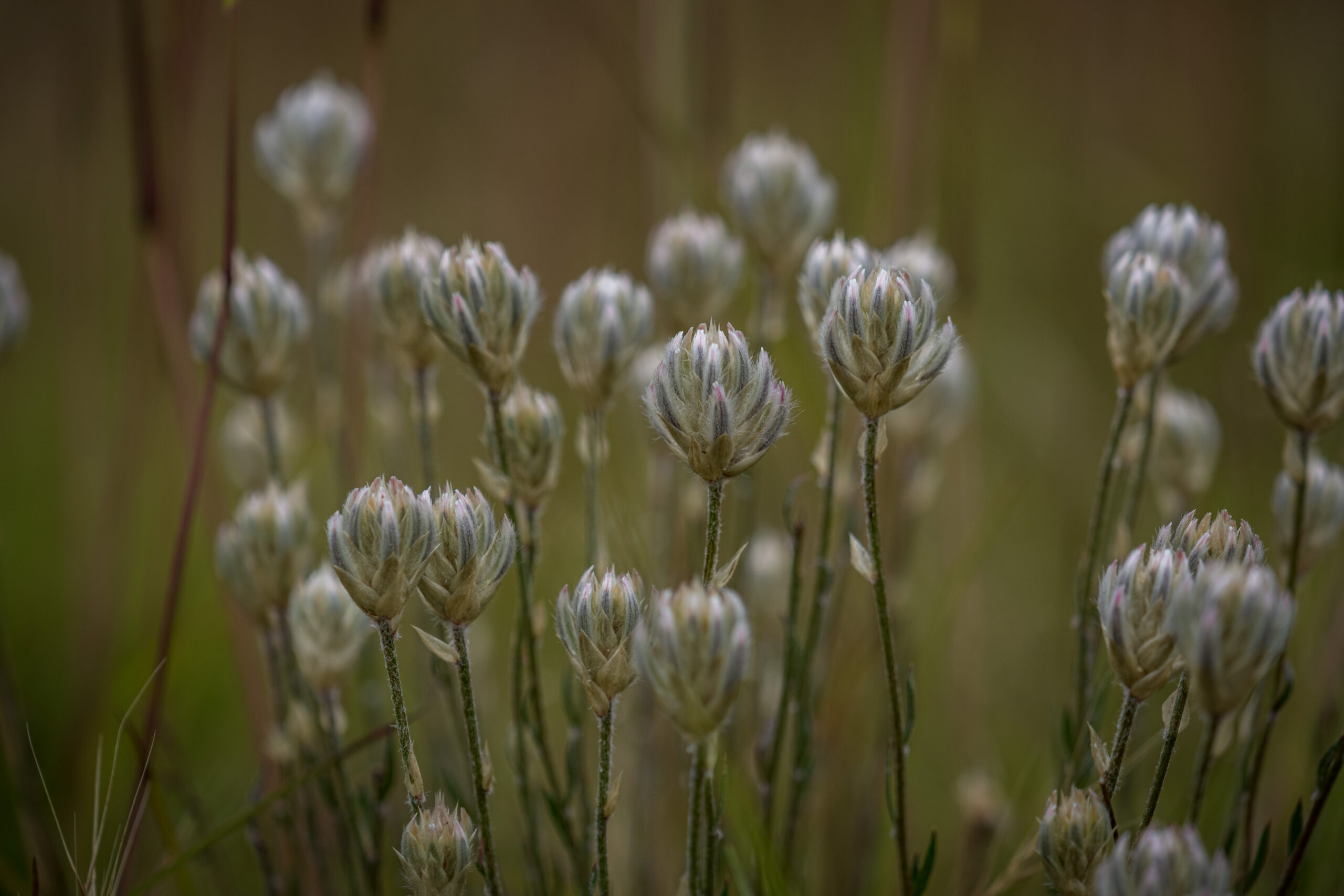
What are the aims of the project?
Over three years, the project will establish a sustainable seed source for threatened plants and establish 39 new threatened plant populations.
The establishment of the Seed Production Area (SPA) will reduce the need for wild seed collection in the future, reducing the burden on small and vulnerable plant populations
The SPA will provide seed to others looking to undertake grassland restoration projects, increasing access to rare plants and ultimately increasing the number of populations in the wild.
Since 2023, Glenelg Hopkins CMA staff have been searching the landscape for target populations to collect seed from target species.
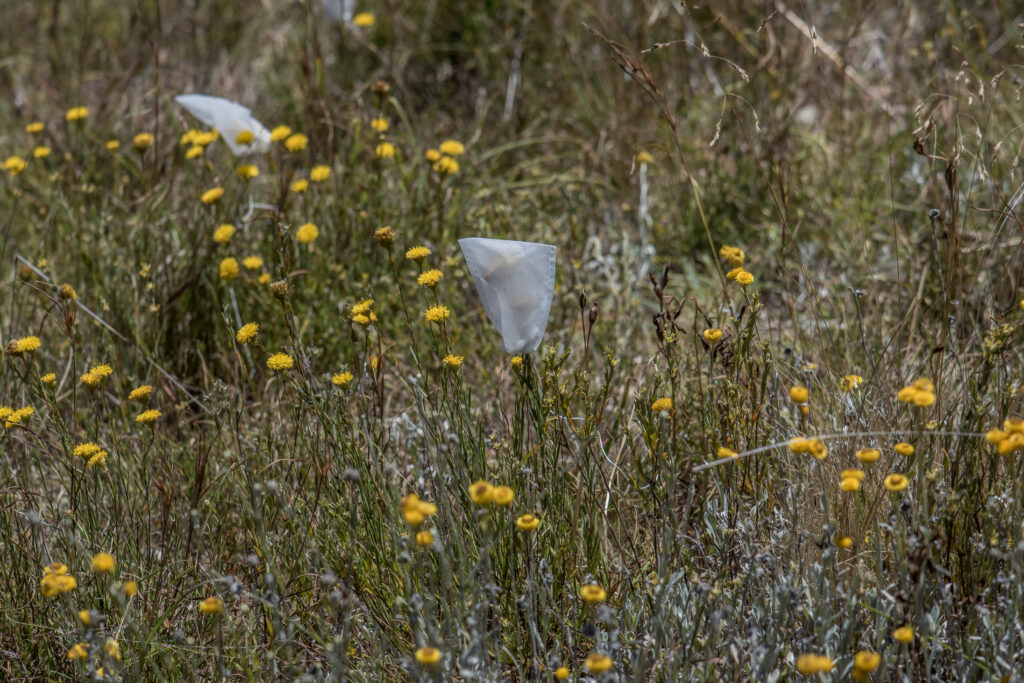
These species are generally rare and can be difficult to locate and identify, even when population locations are known however, over the first 12 months of the project, a number of plant species have had seed collected.
Seed development will be monitored over spring/summer, as several species are difficult to propagate, for some species cuttings will also be
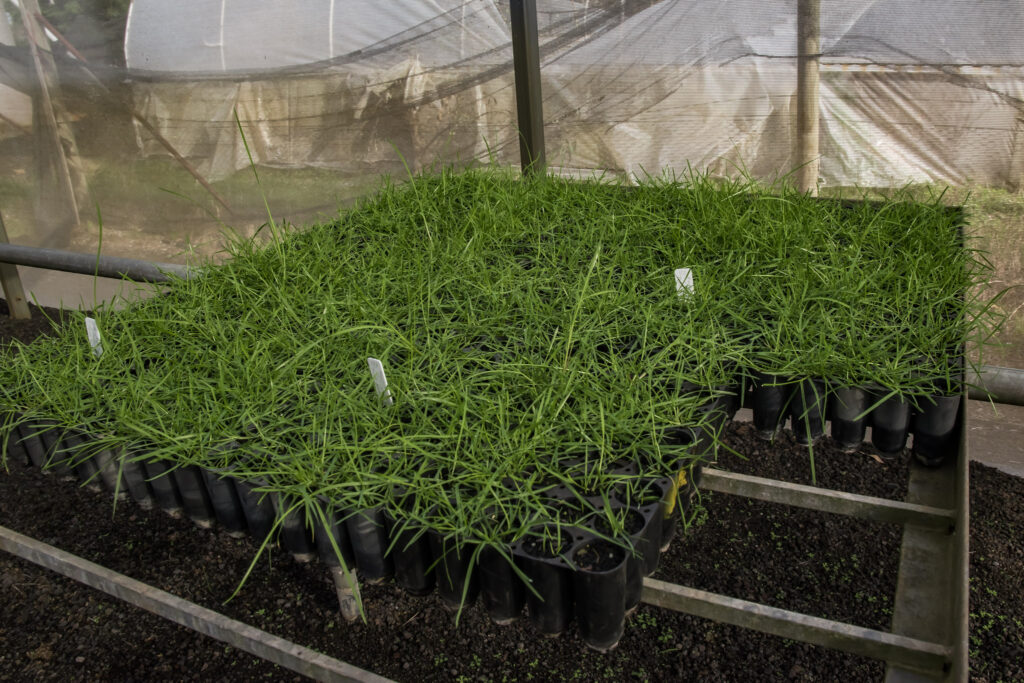
The Woorndoo-Chatsworth Landcare Group currently have a small SPA located at David Franklins Grassland nursery, providing seed for small scale grassland restoration
This project will substantially expand the existing SPA throughout 2024 to include the 17 target species with seed collected by CMA staff. This will enable the project to utilise existing SPA facilities and the expertise of practitioners and researchers in grassland flora production
Plants will be grown and managed in optimal conditions to maximise seed production.
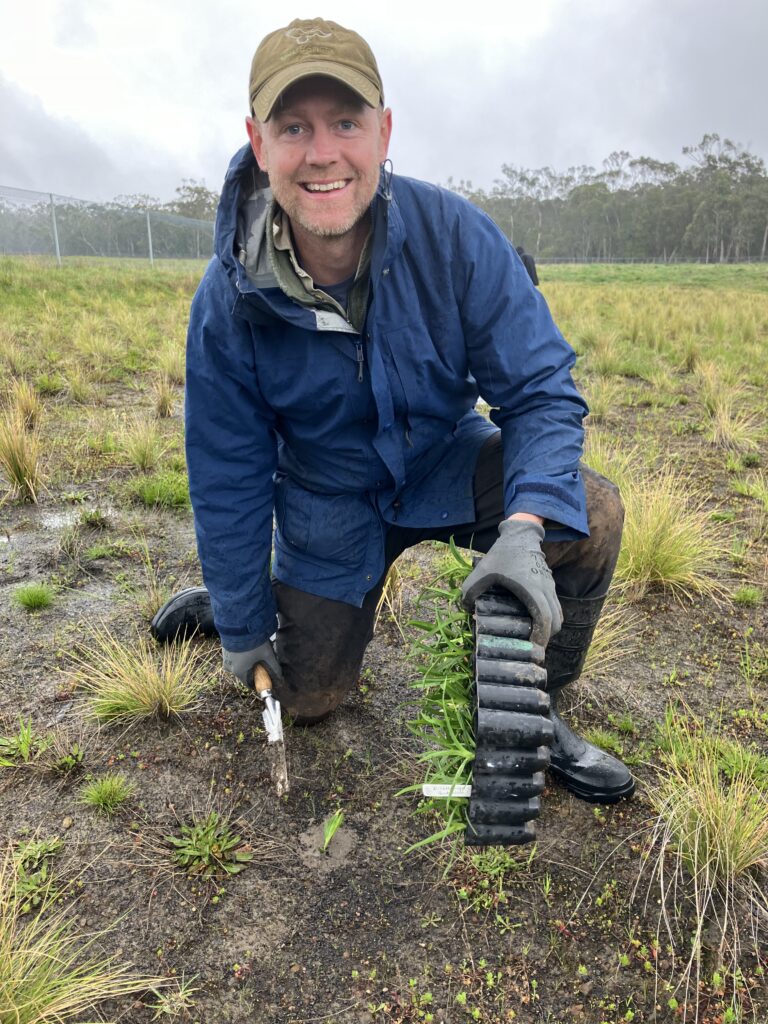
The project has been able to assist a range of groups in the region to increase diversity in native grasslands and provide locations for establishing new threatened plant populations.
New threatened plant populations have been established with Nature Glenelg Trust, Eastern Maar Aboriginal Corporation, Wadawurrung Traditional Owner Aboriginal Corporation, the Woorndoo-Chatsworth Landcare Group and the Department of Transport and Planning.
A total of 43 new threatened plant populations were established in 2024.
Over the next 2 years (2025-2026), GHCMA will work with the Arthur Rylah Institute and private landholders to add threatened species into.
WANT TO KNOW MORE?
Learn more about the grasslands of the VVP and previously funded projects here
Activities as part of the project – 2023 to 2025
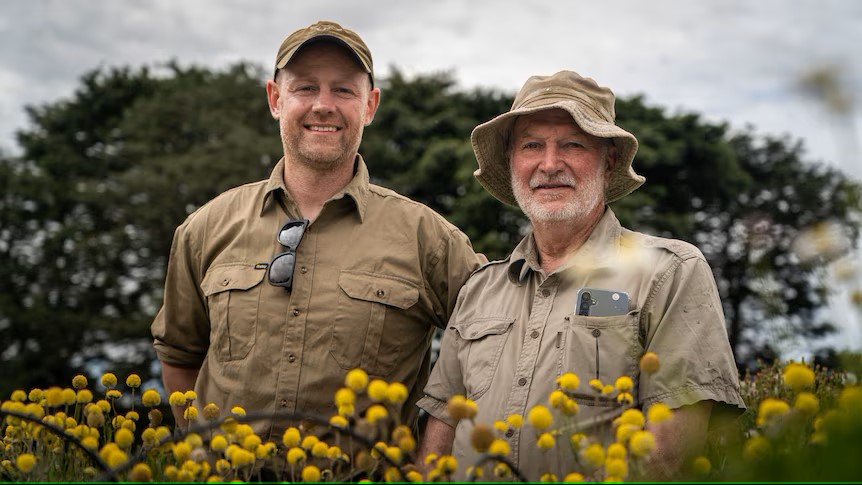
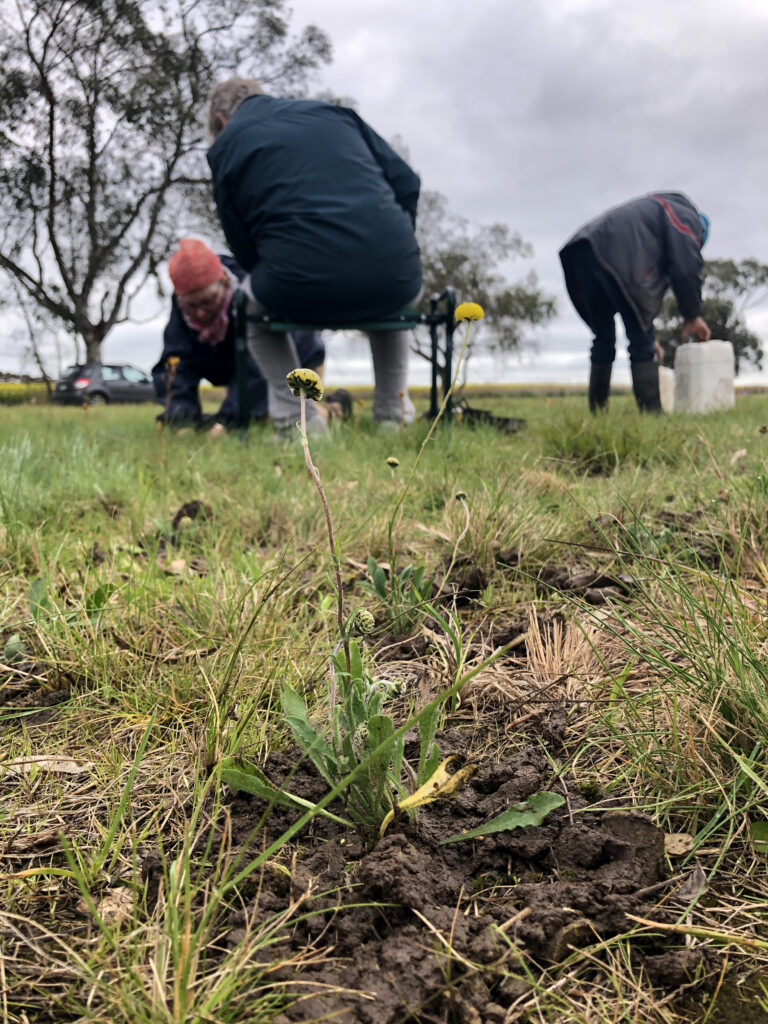
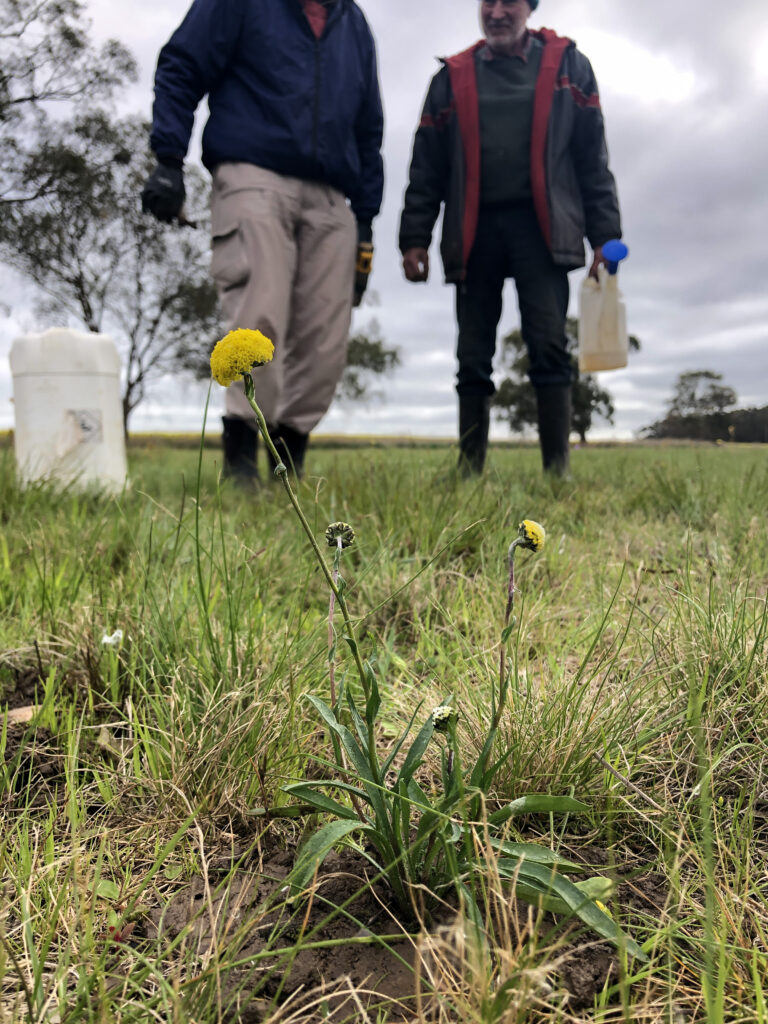
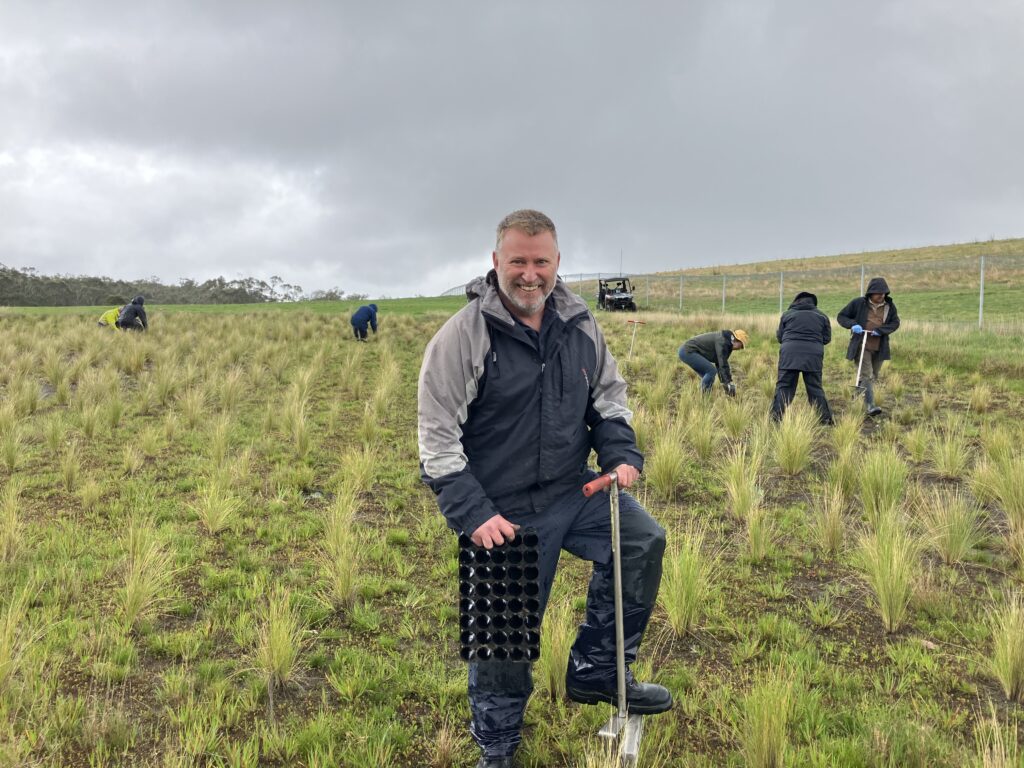
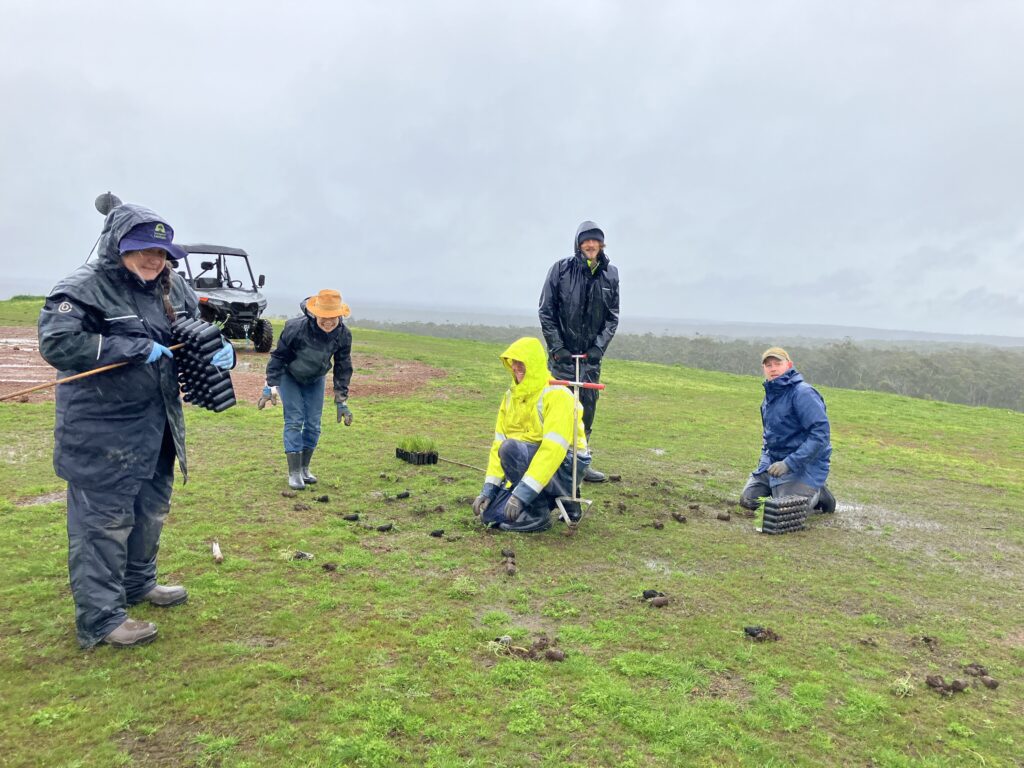
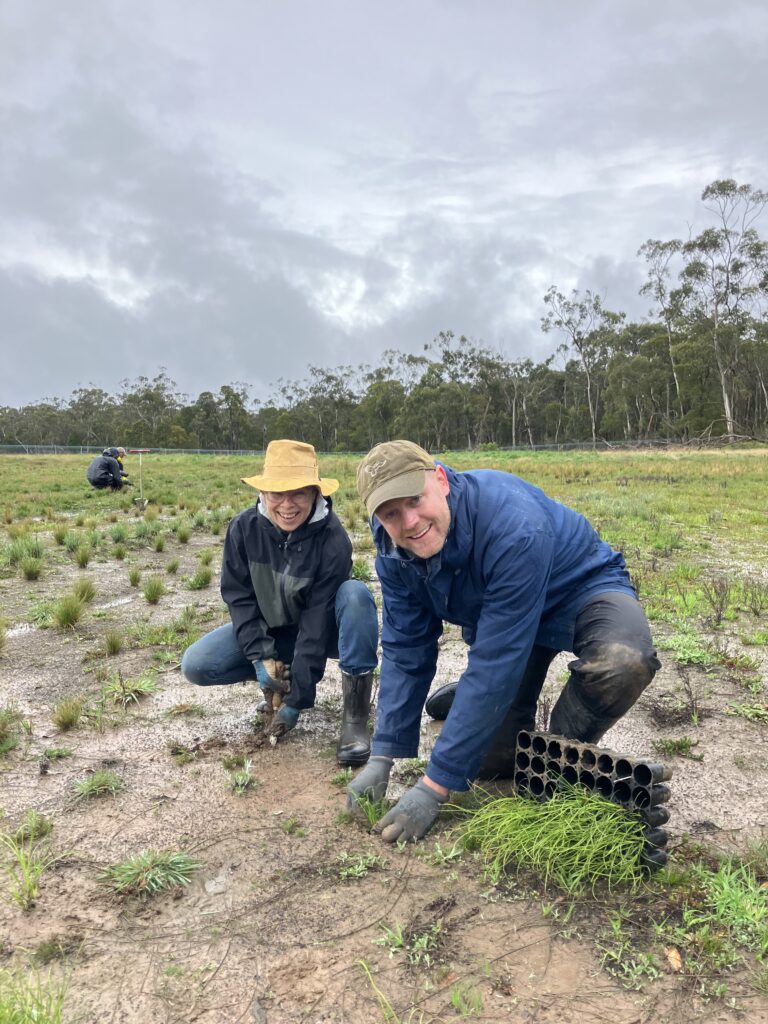
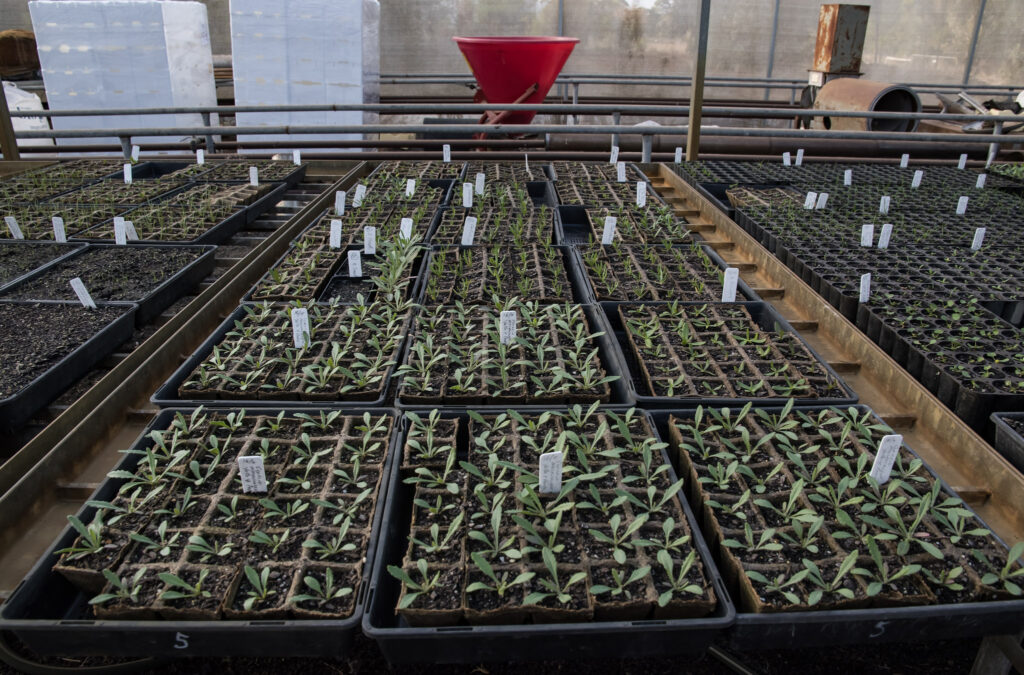

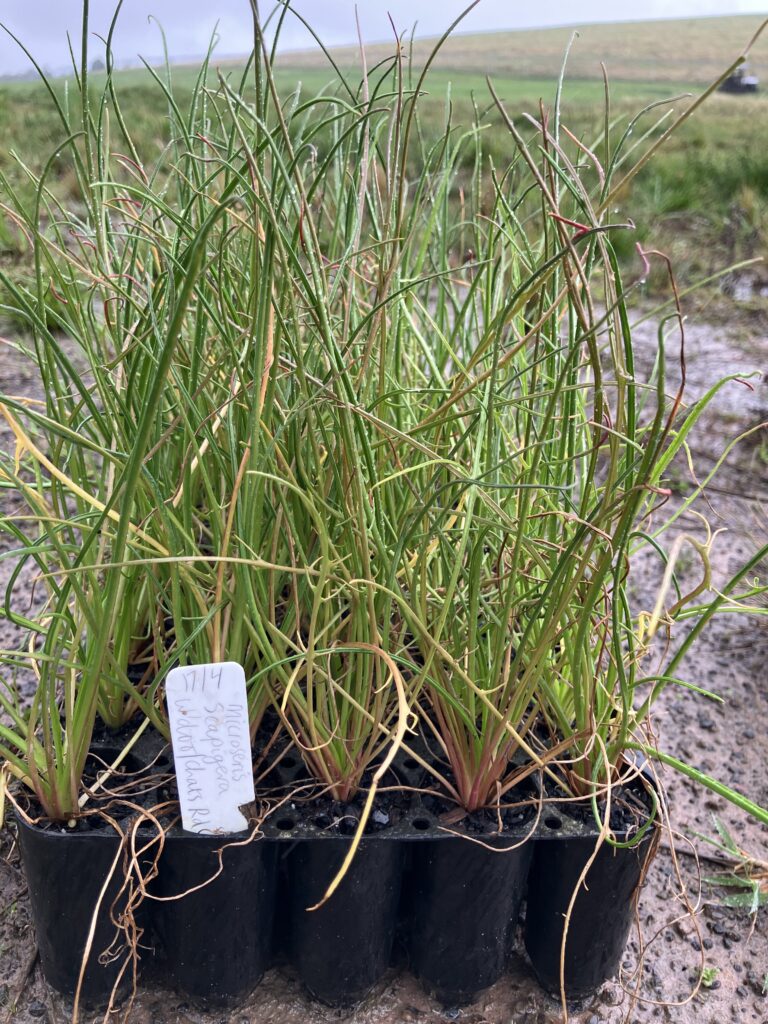
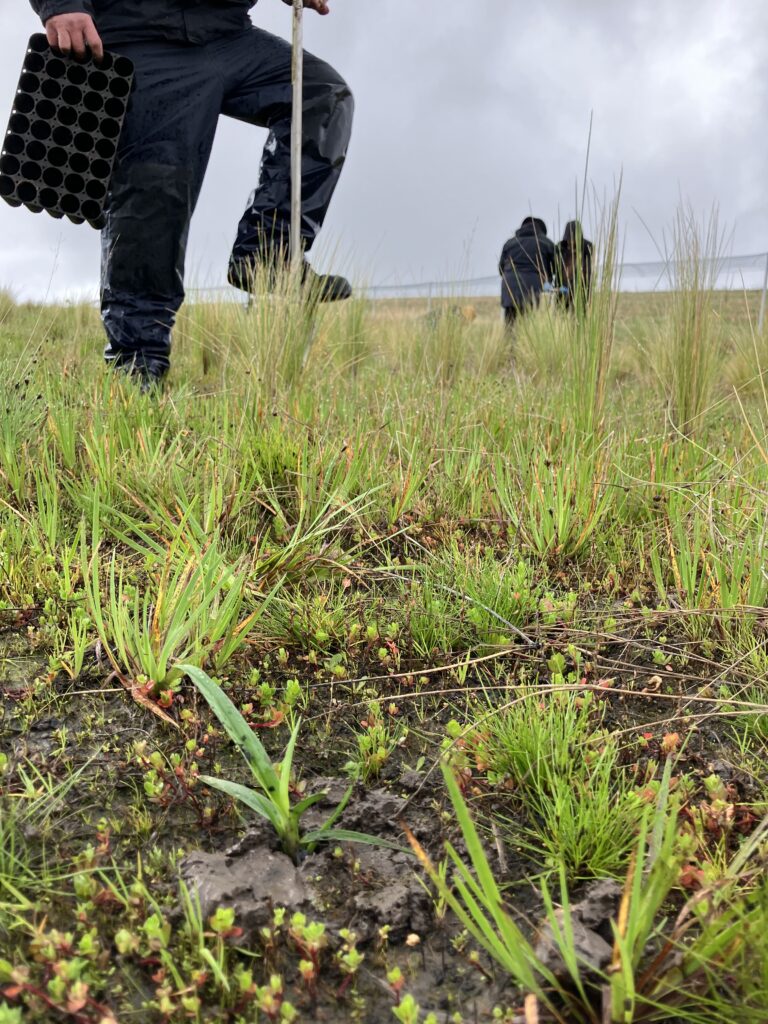
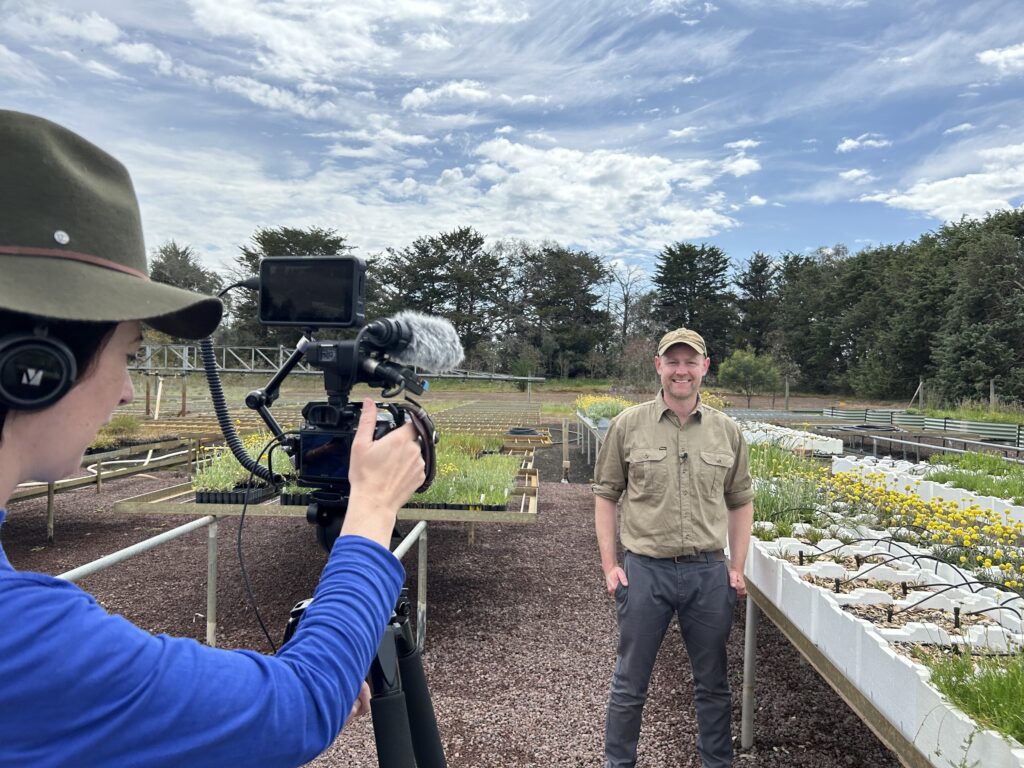
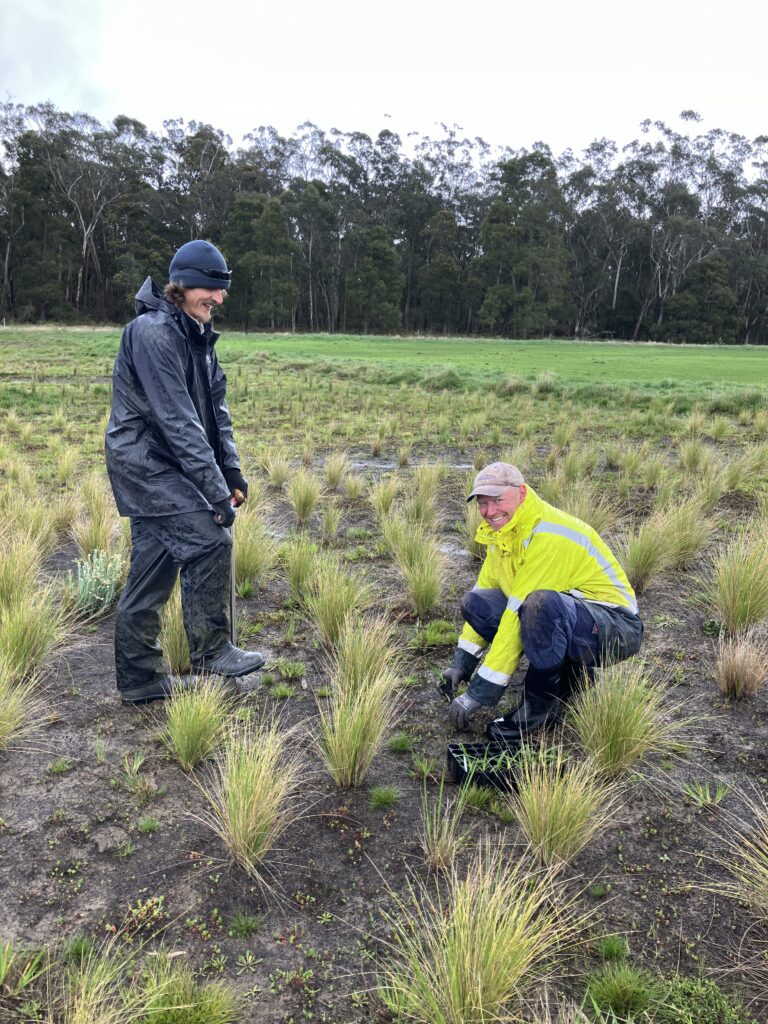
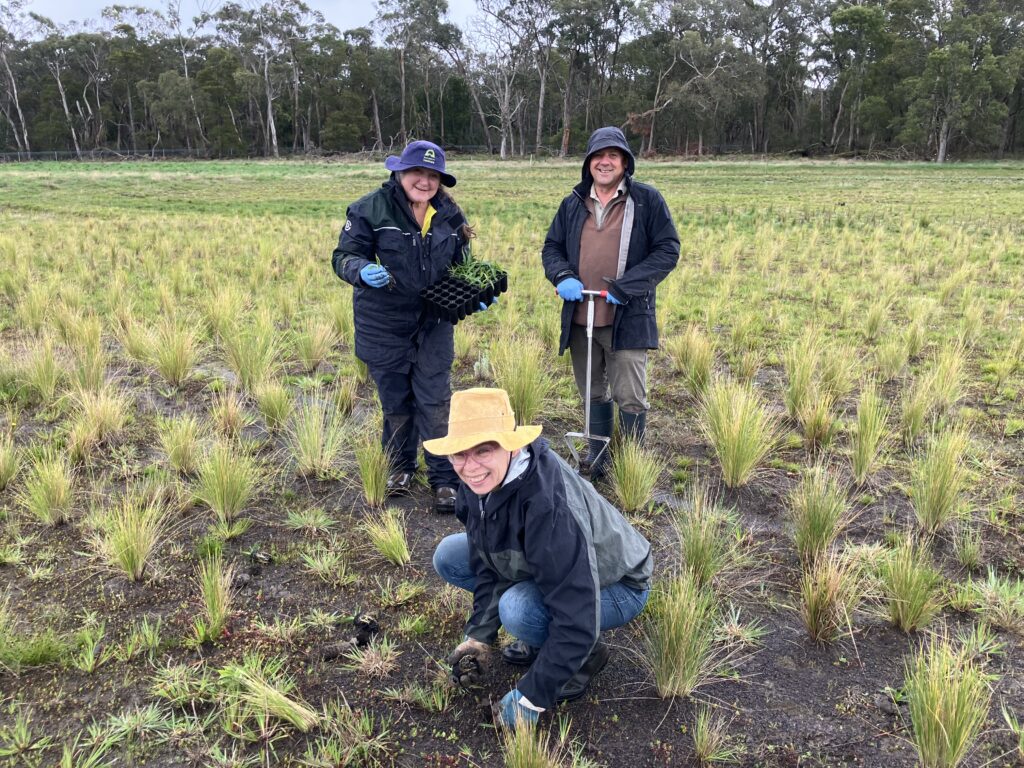
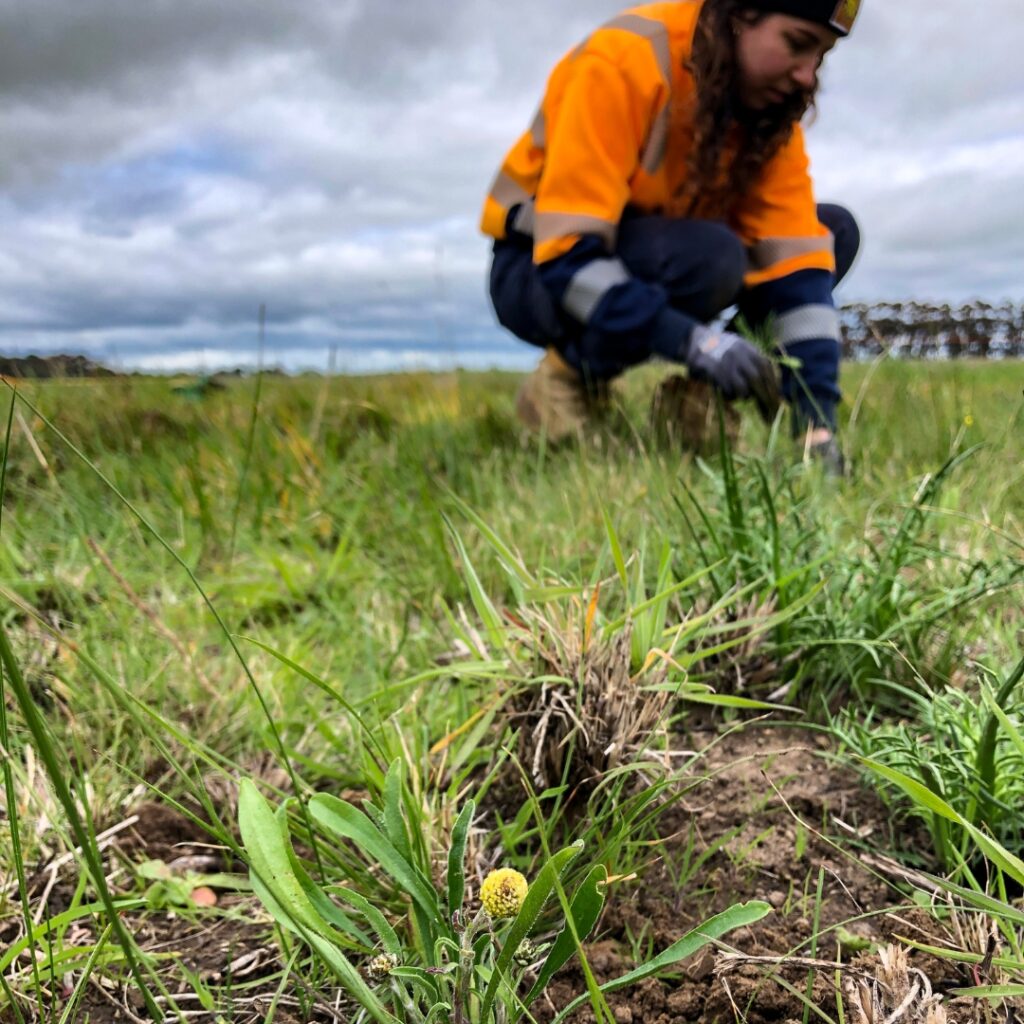
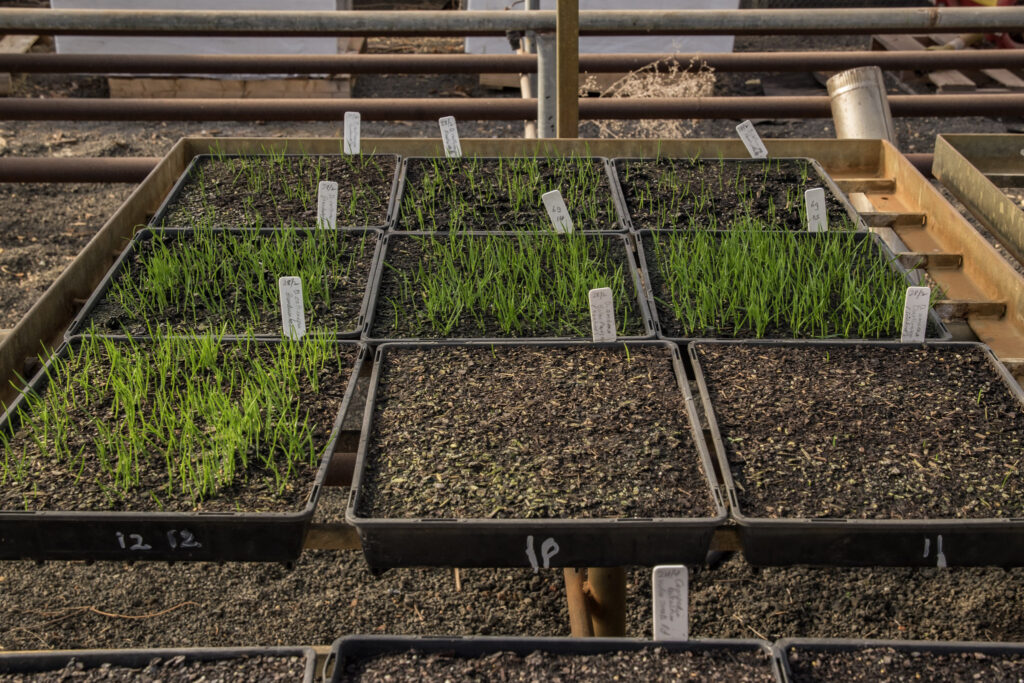
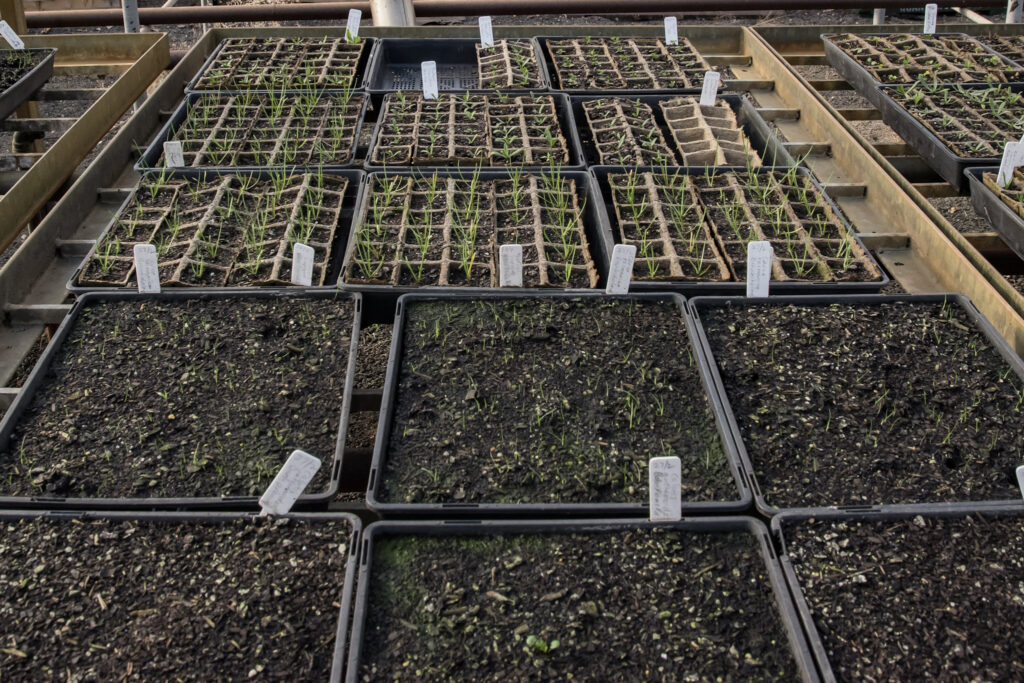
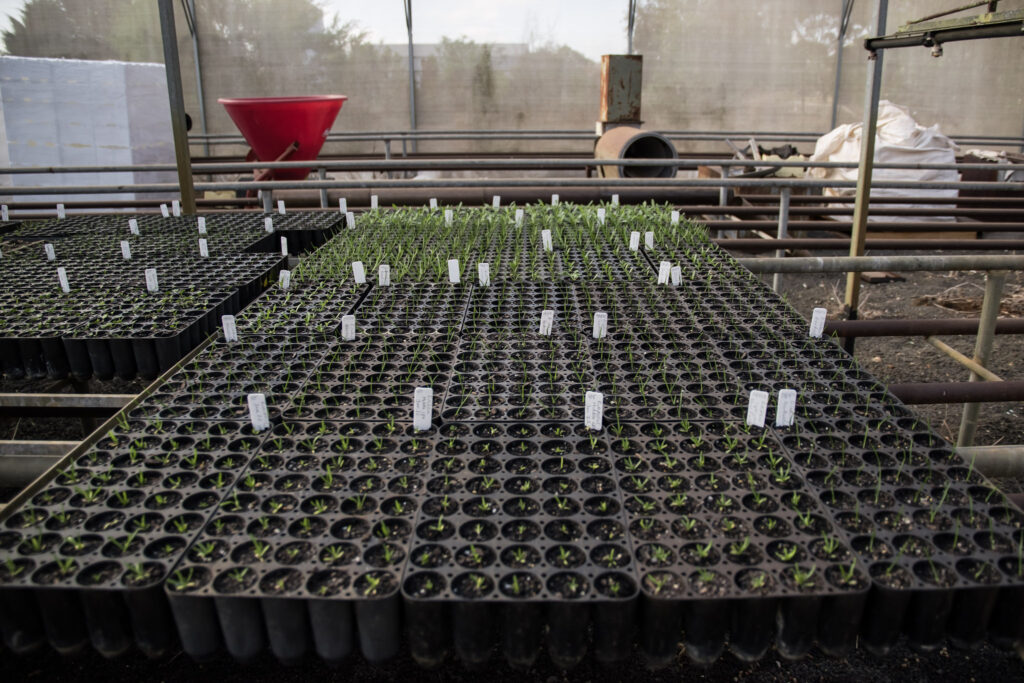

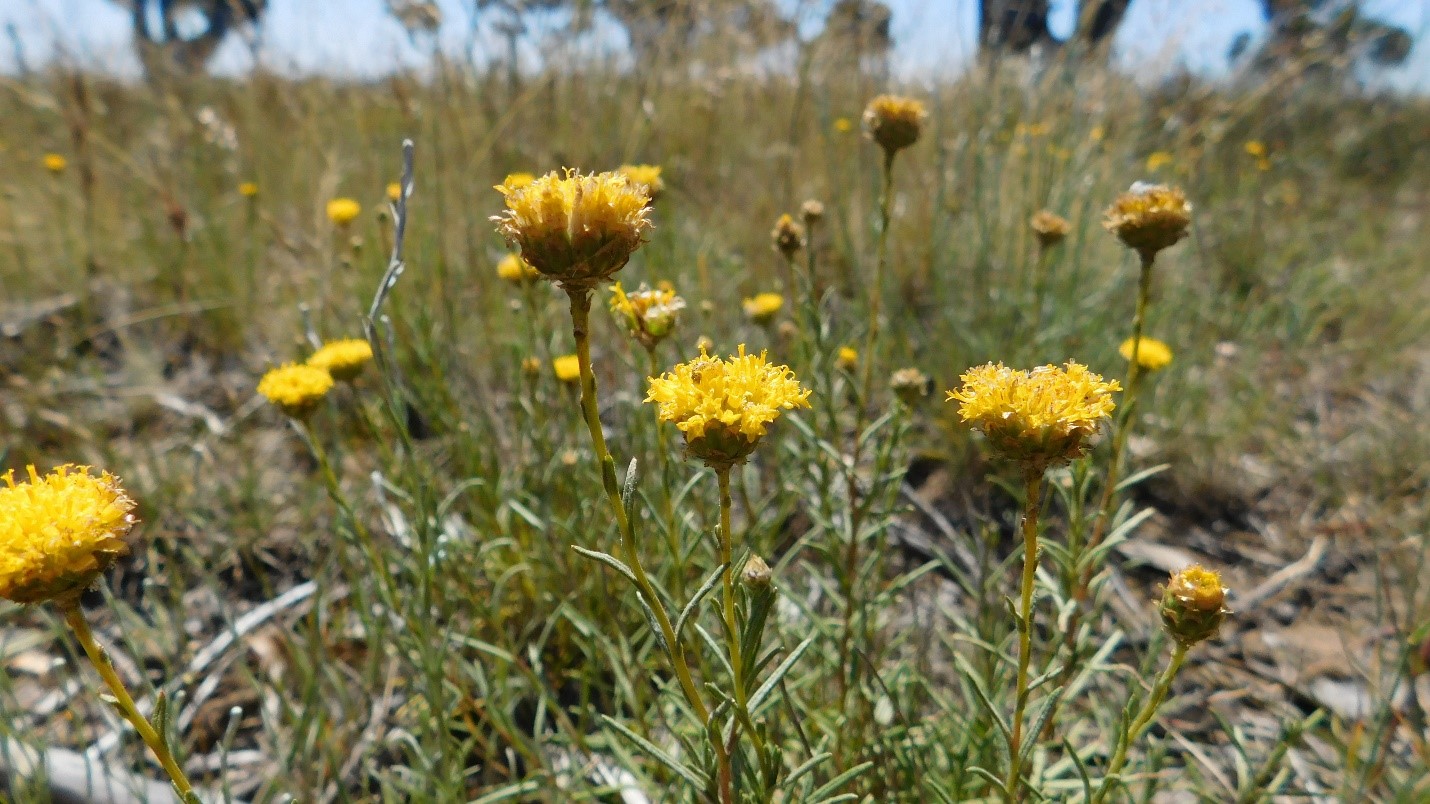
For more project information
To find out more information about the Saving 17 on the VVP project, contact:
Ben Zeeman
email: b.zeeman@ghcma.vic.gov.au
